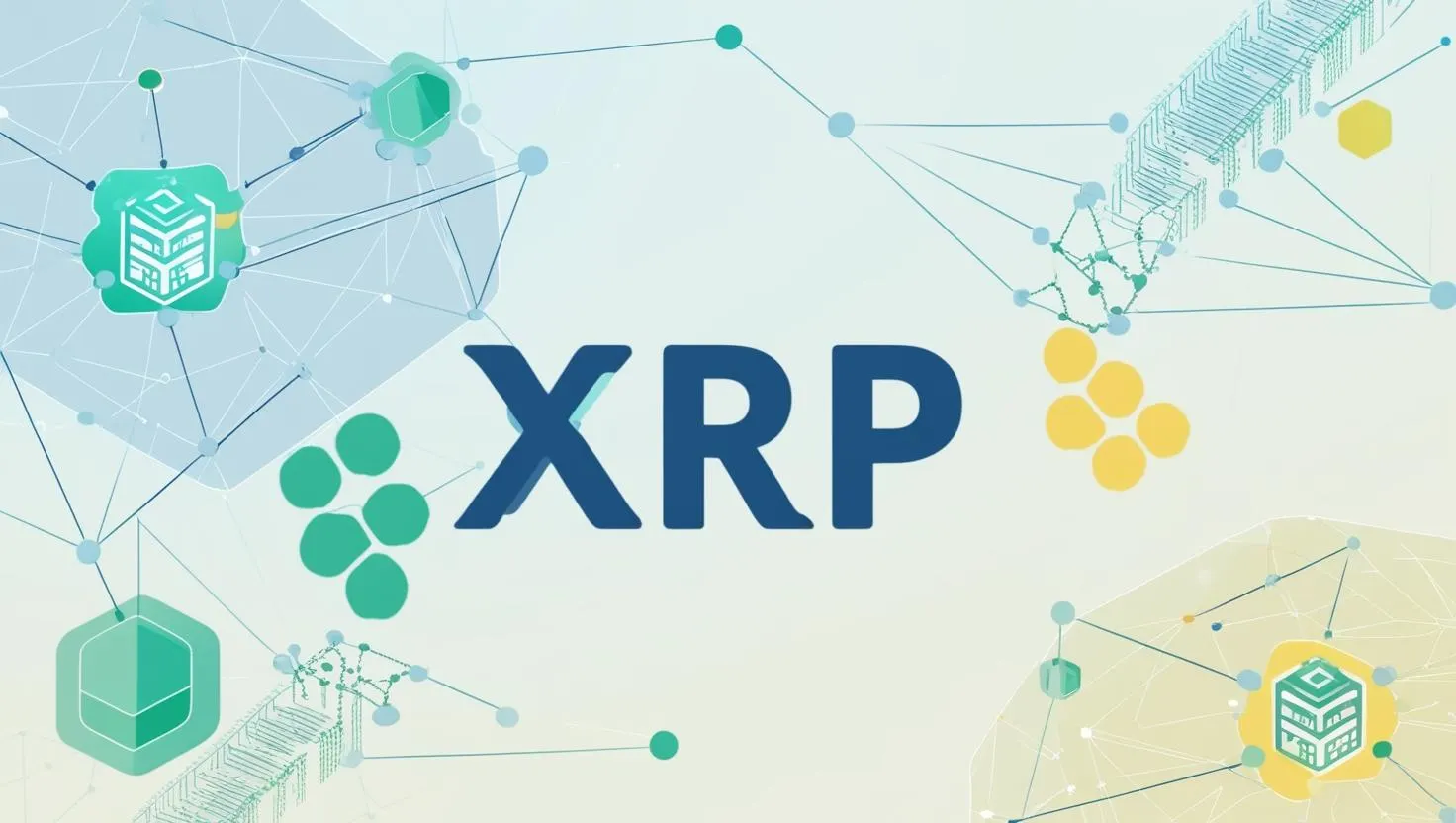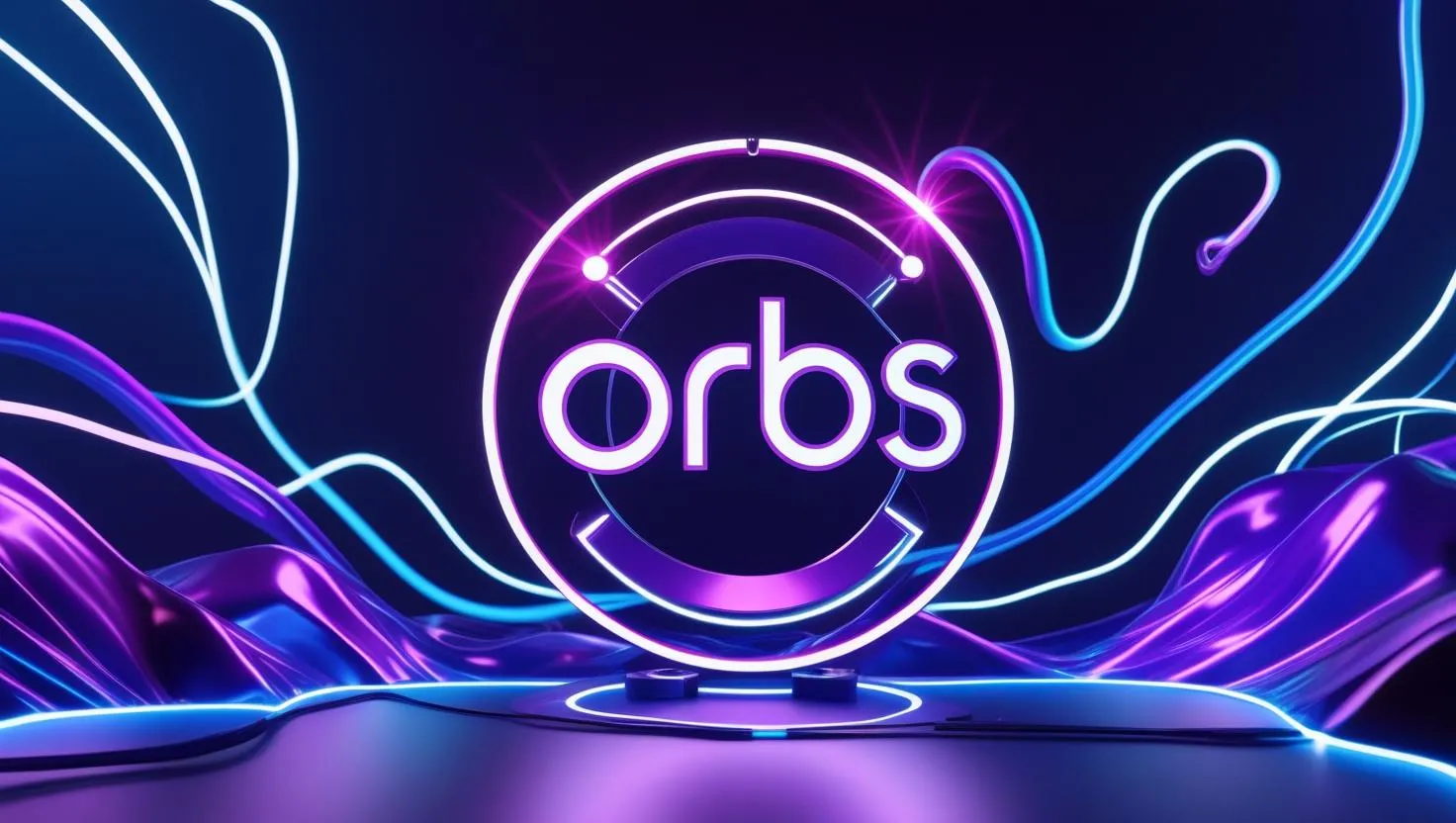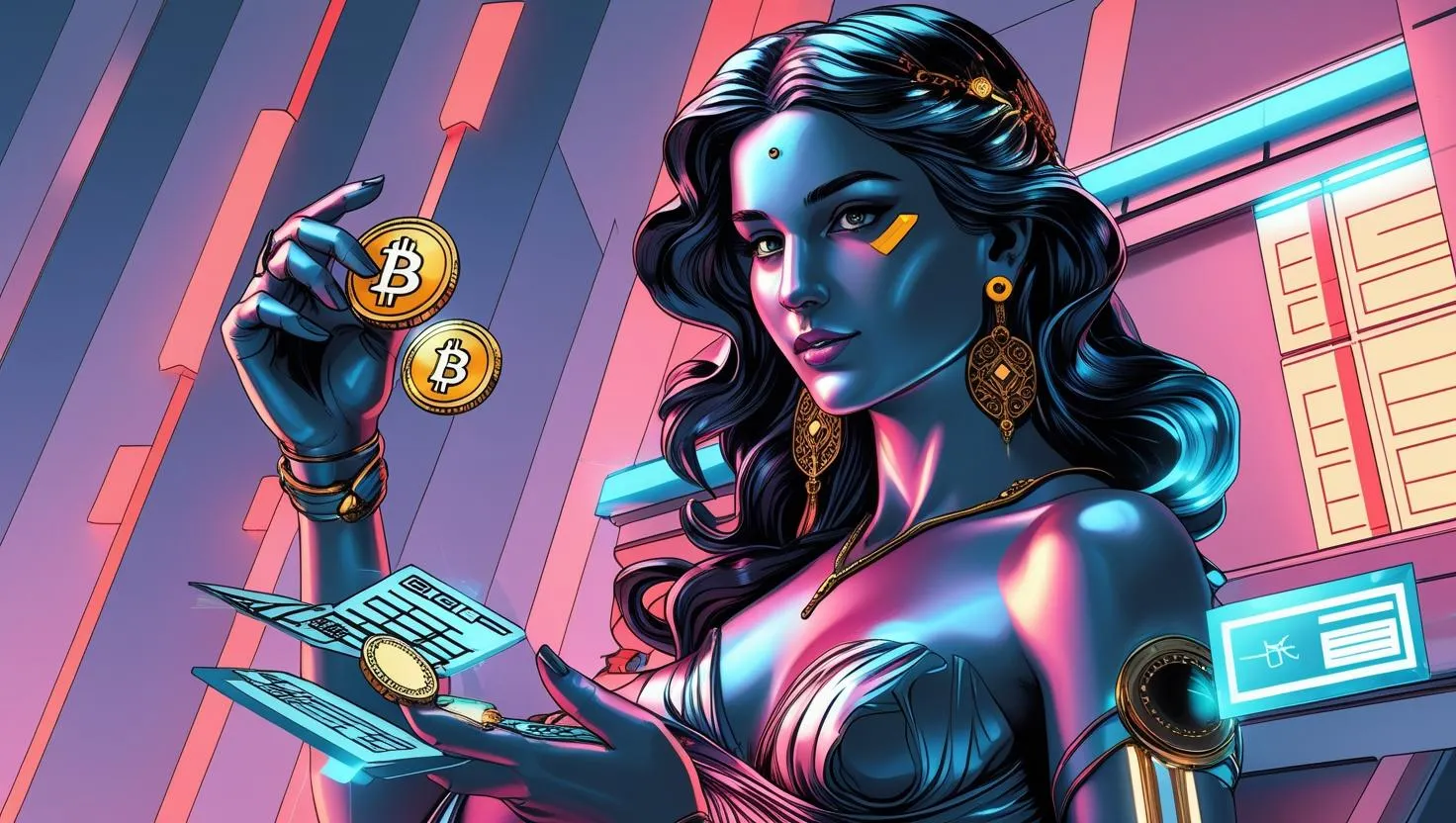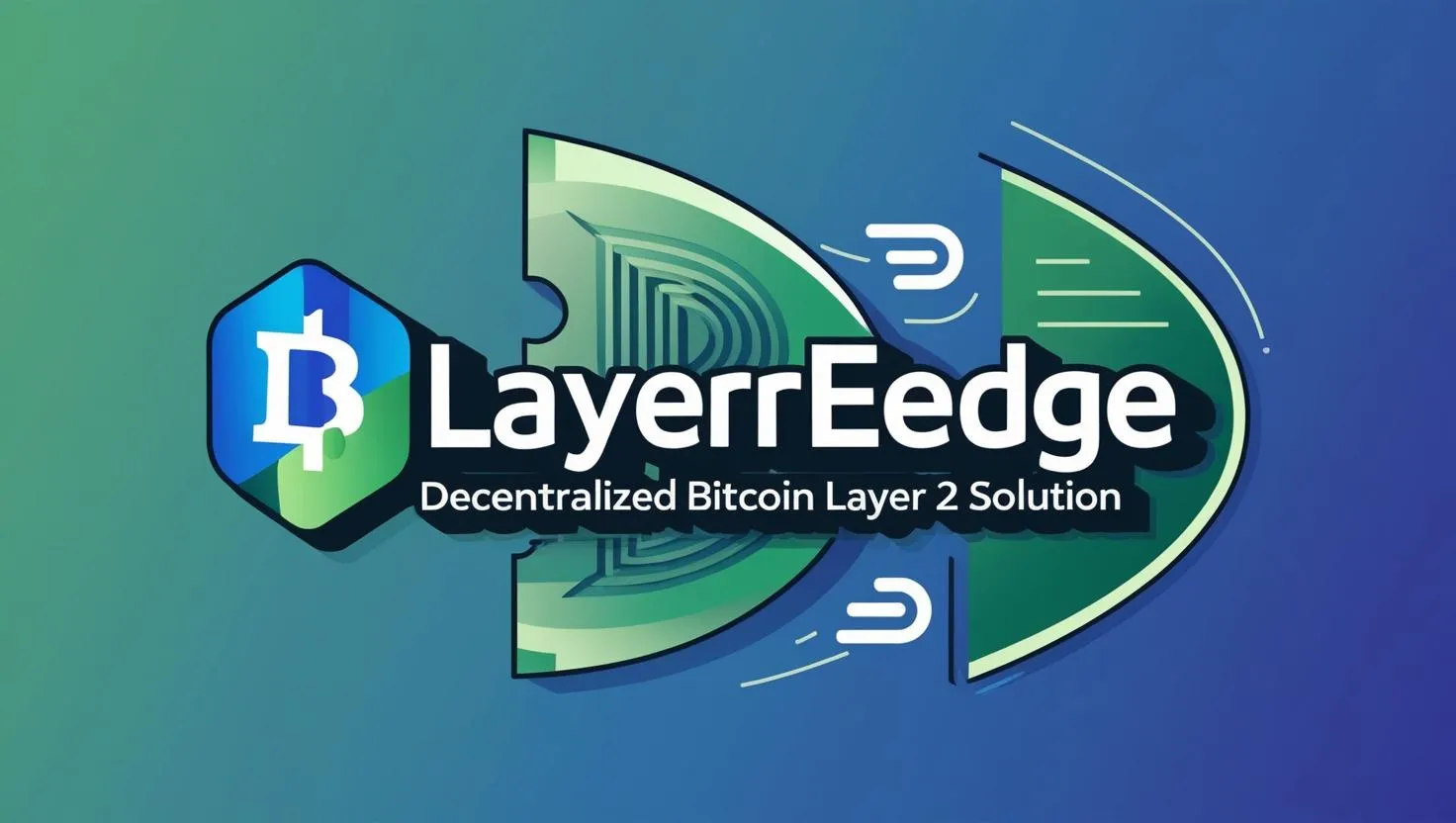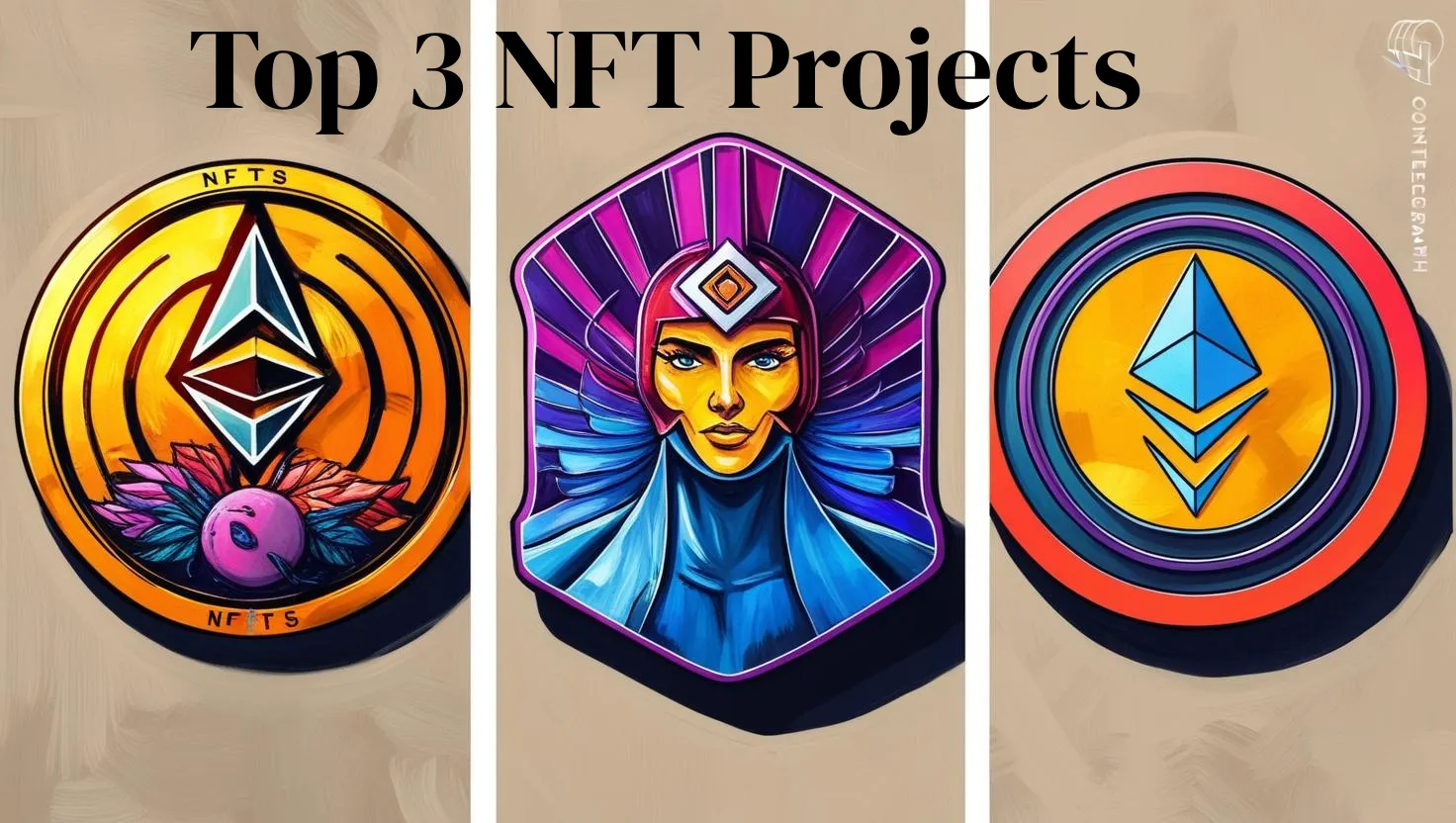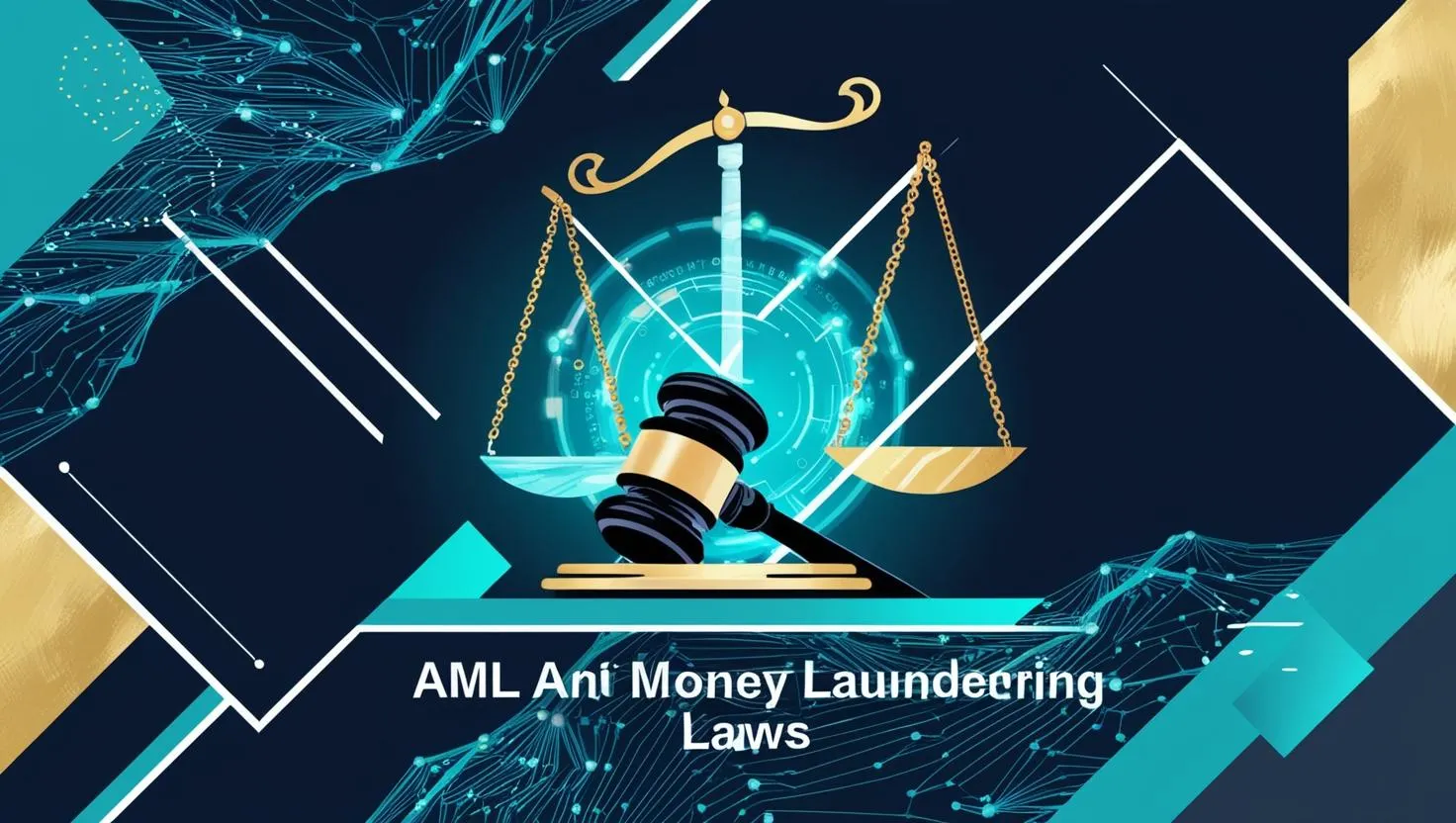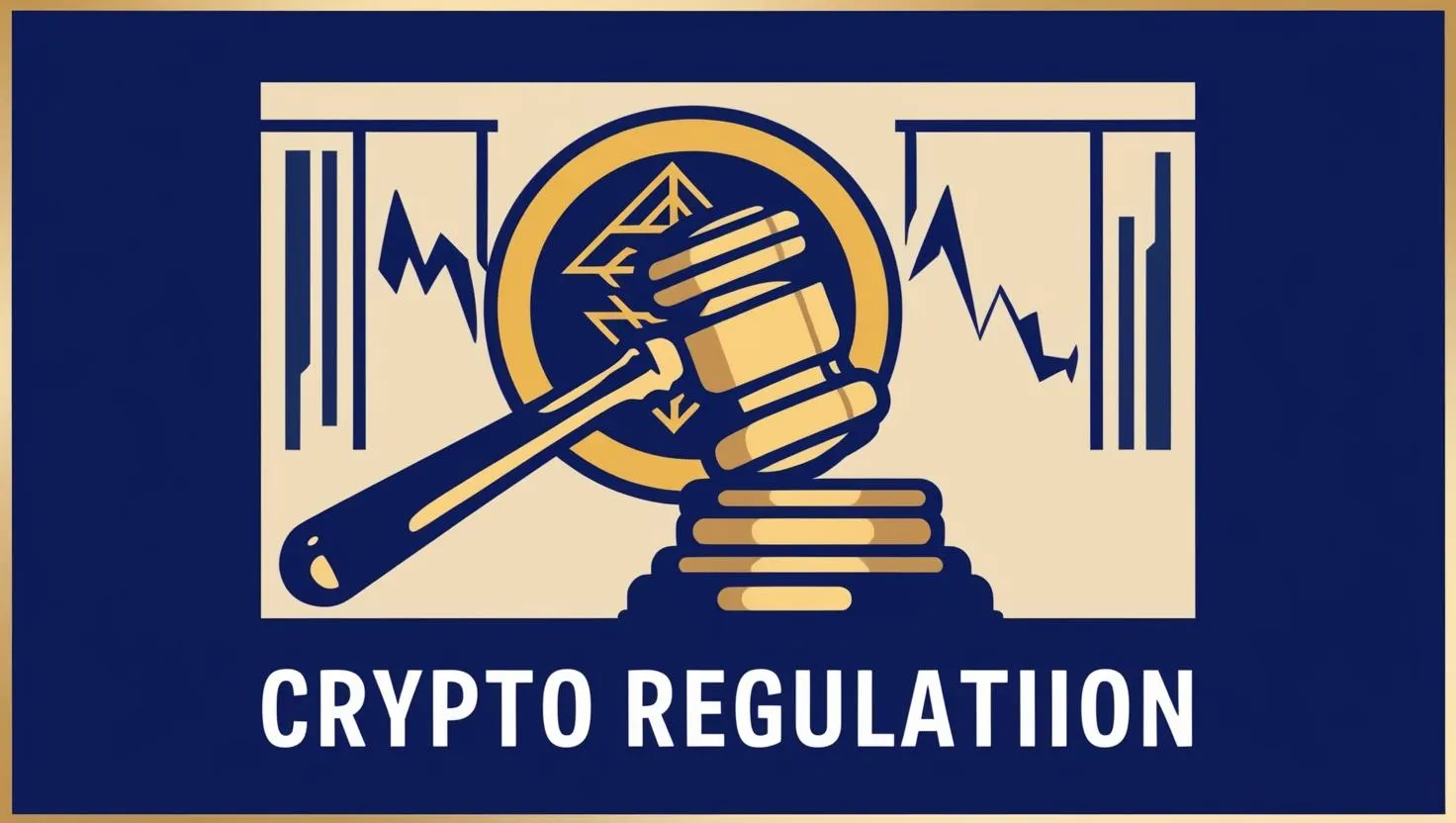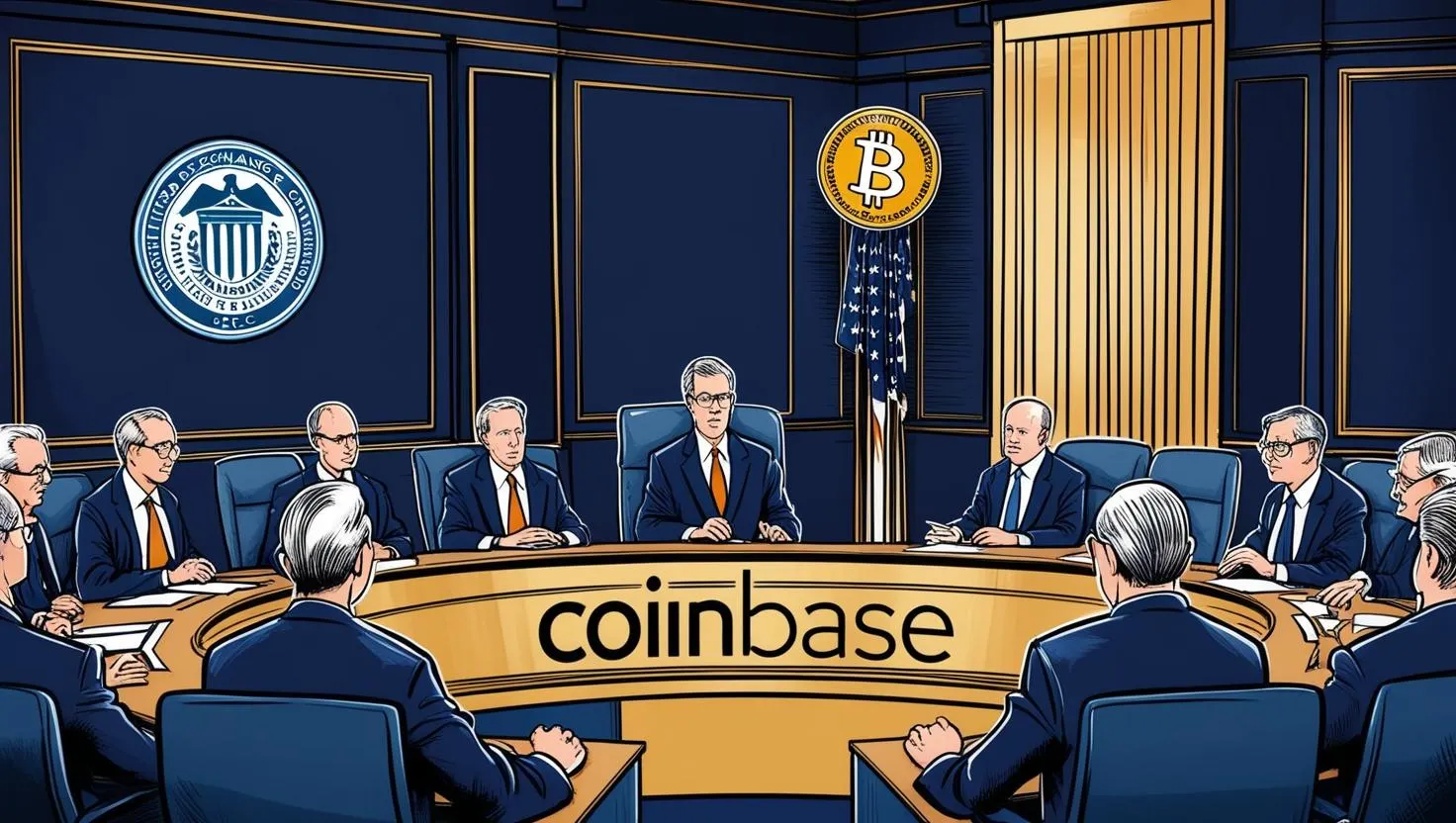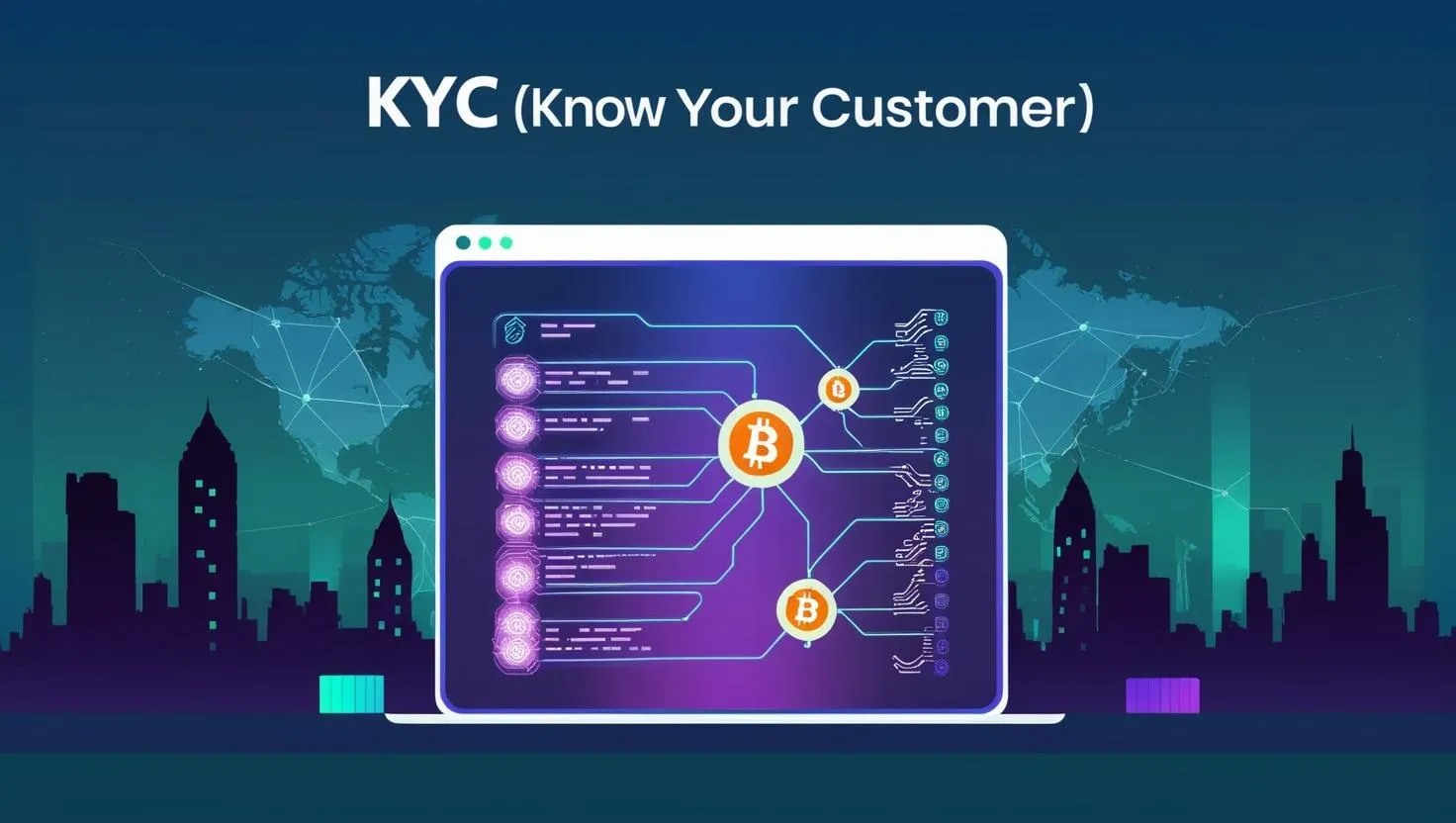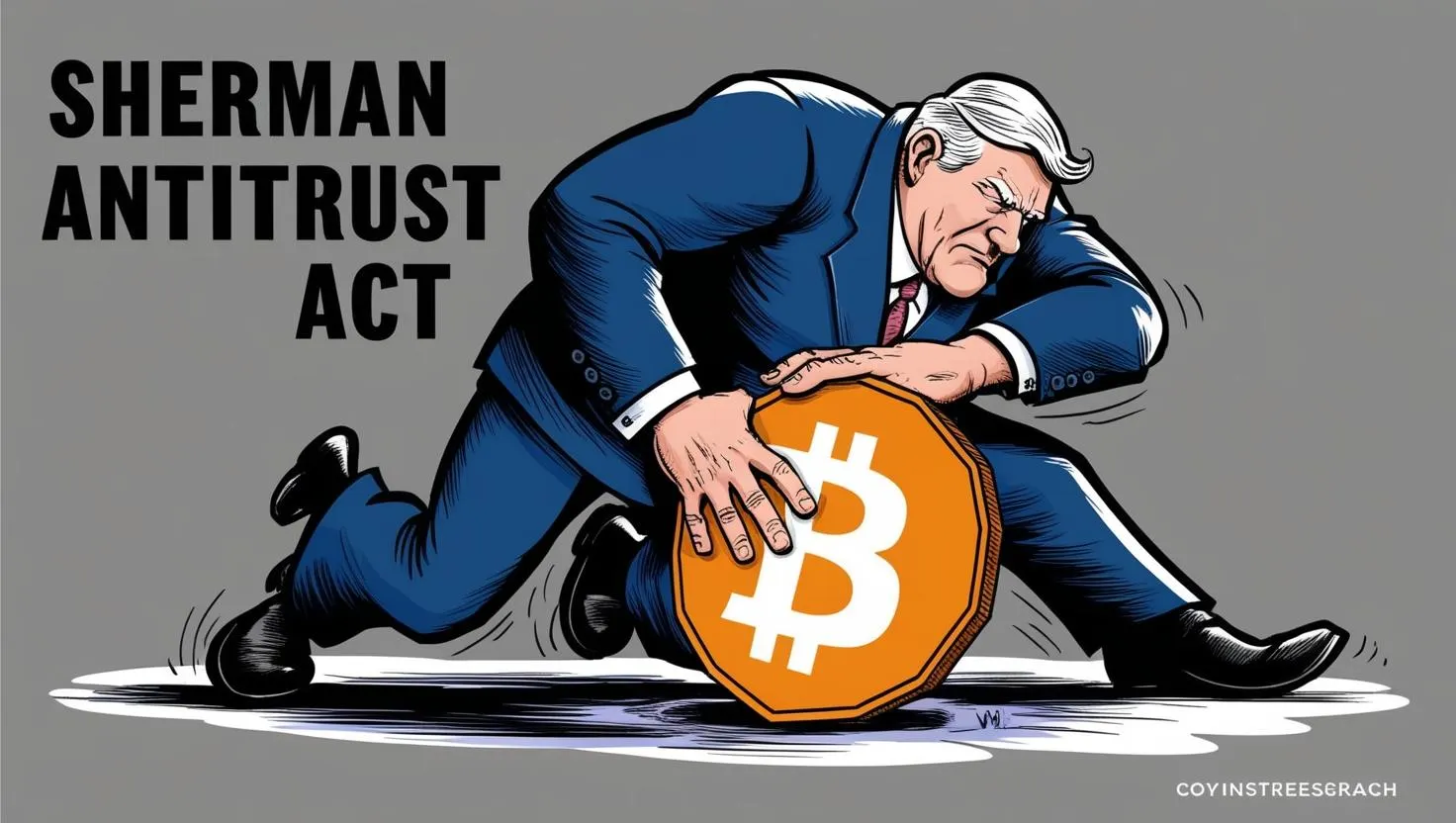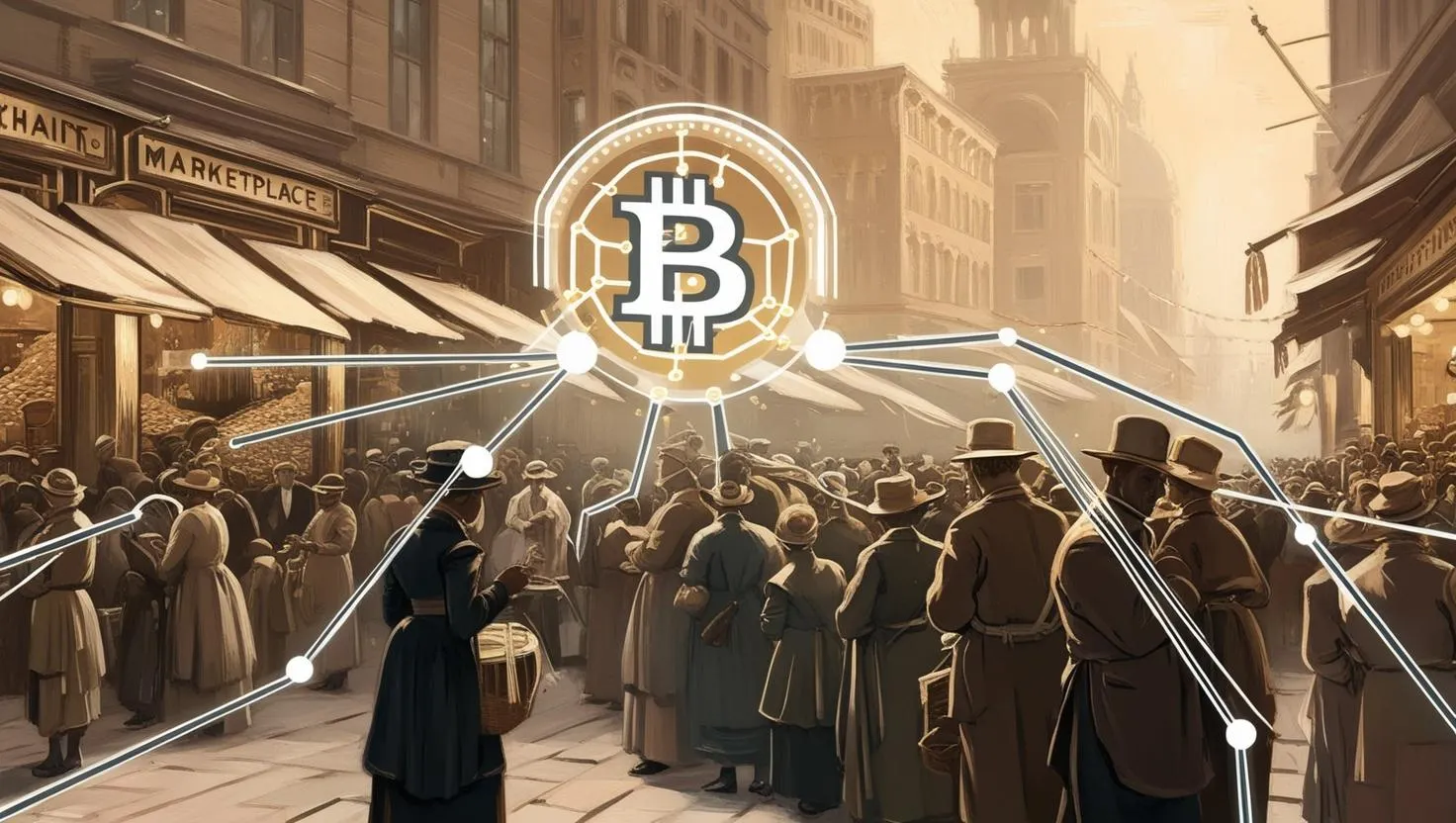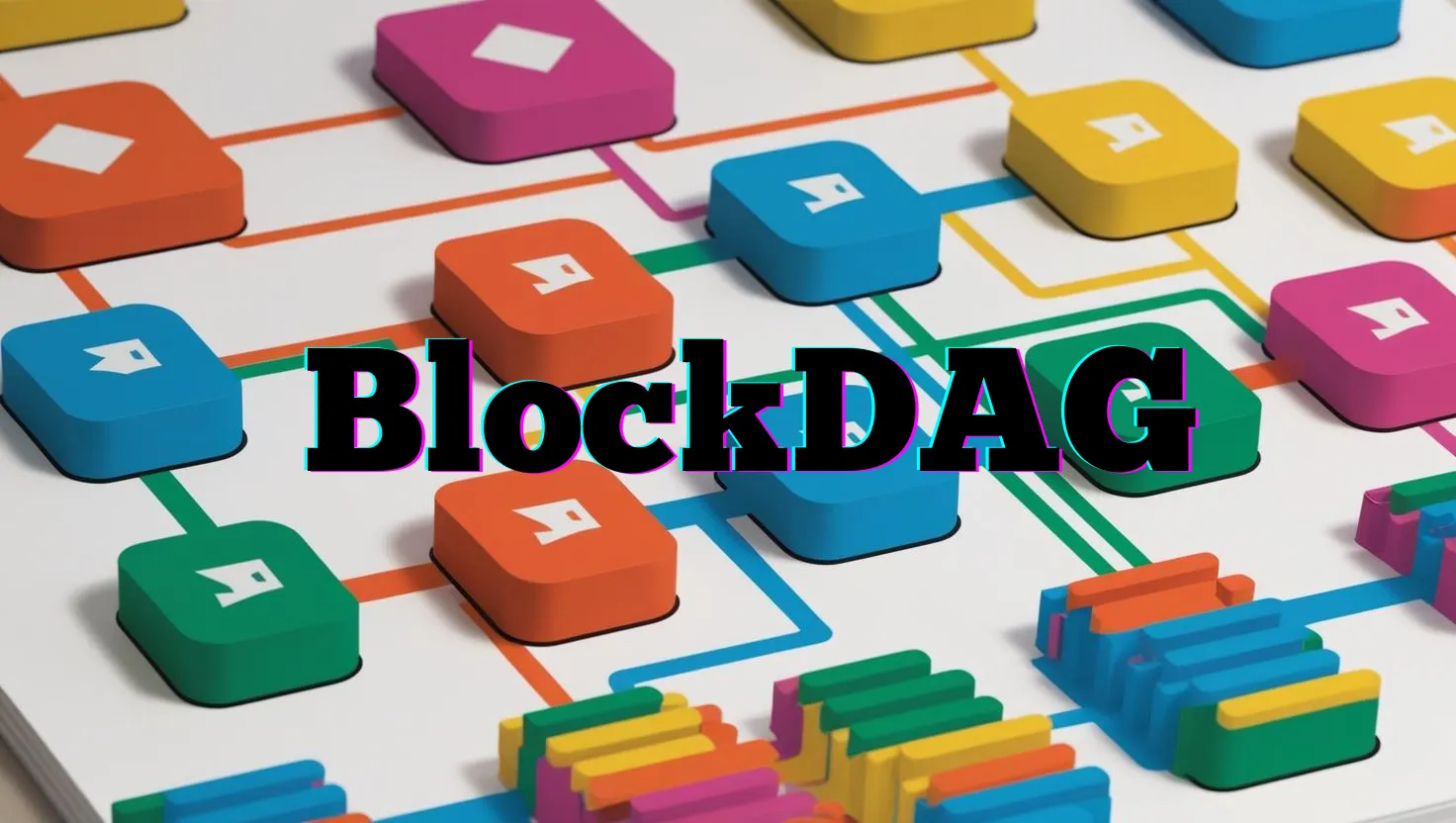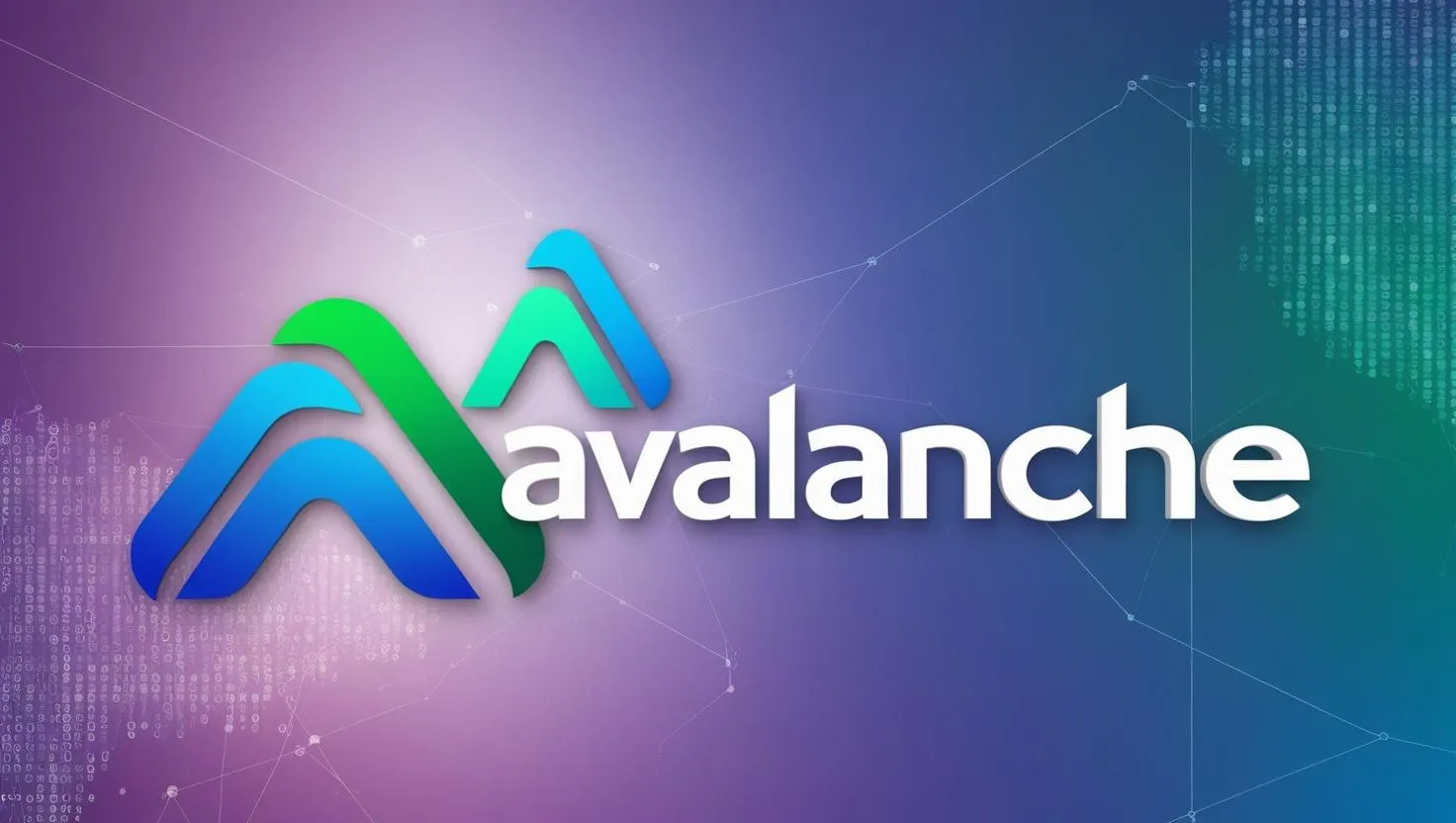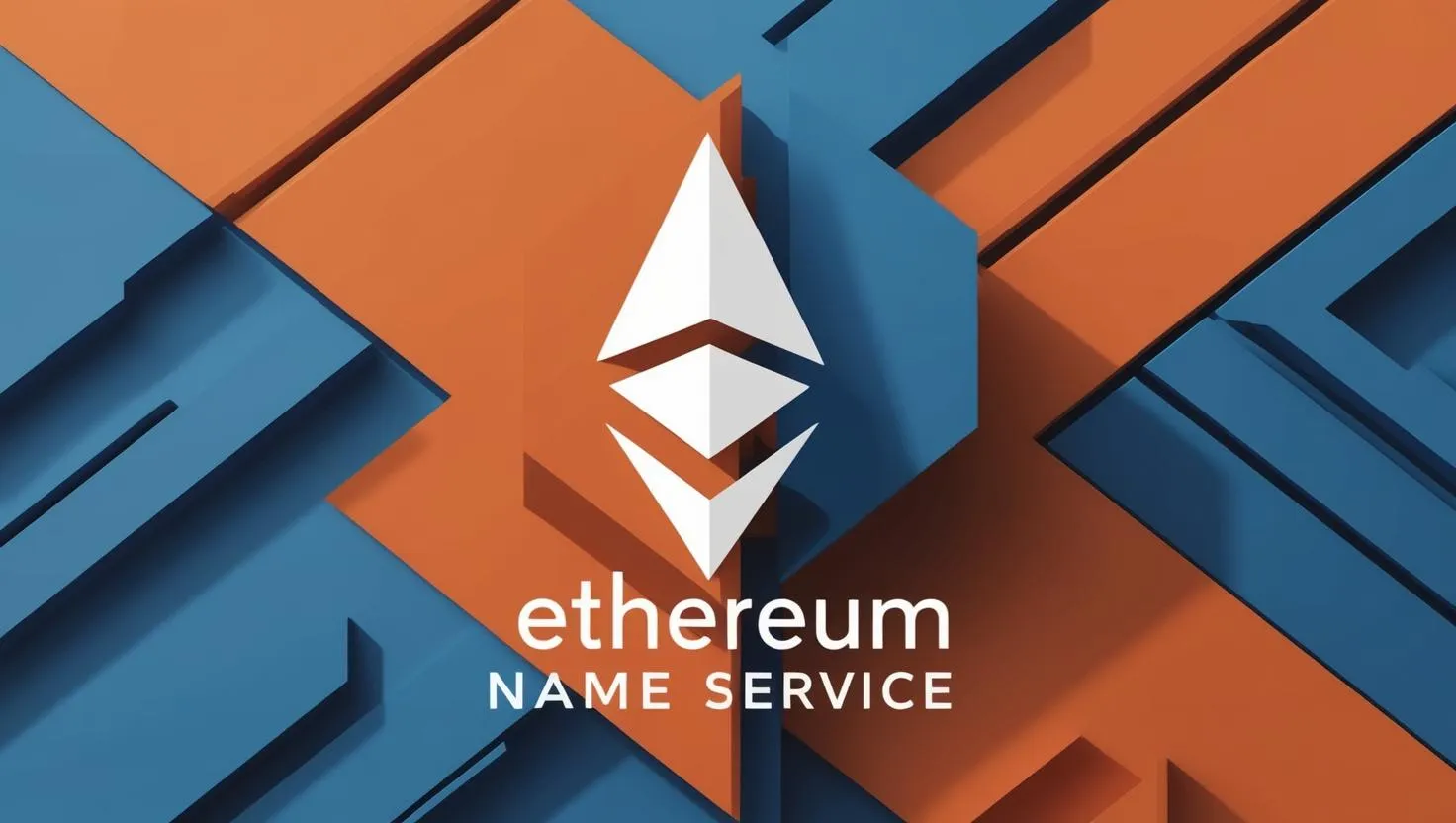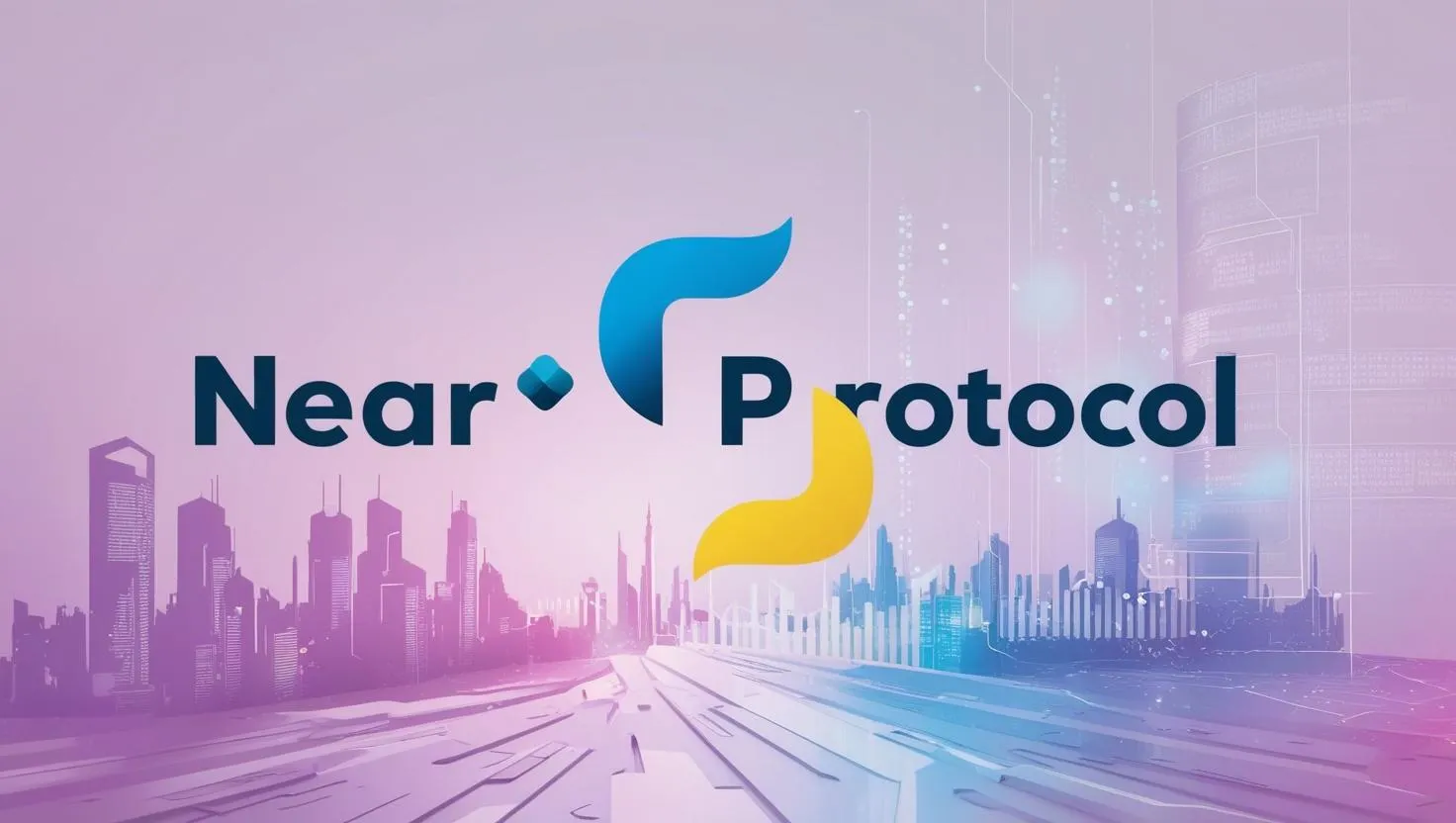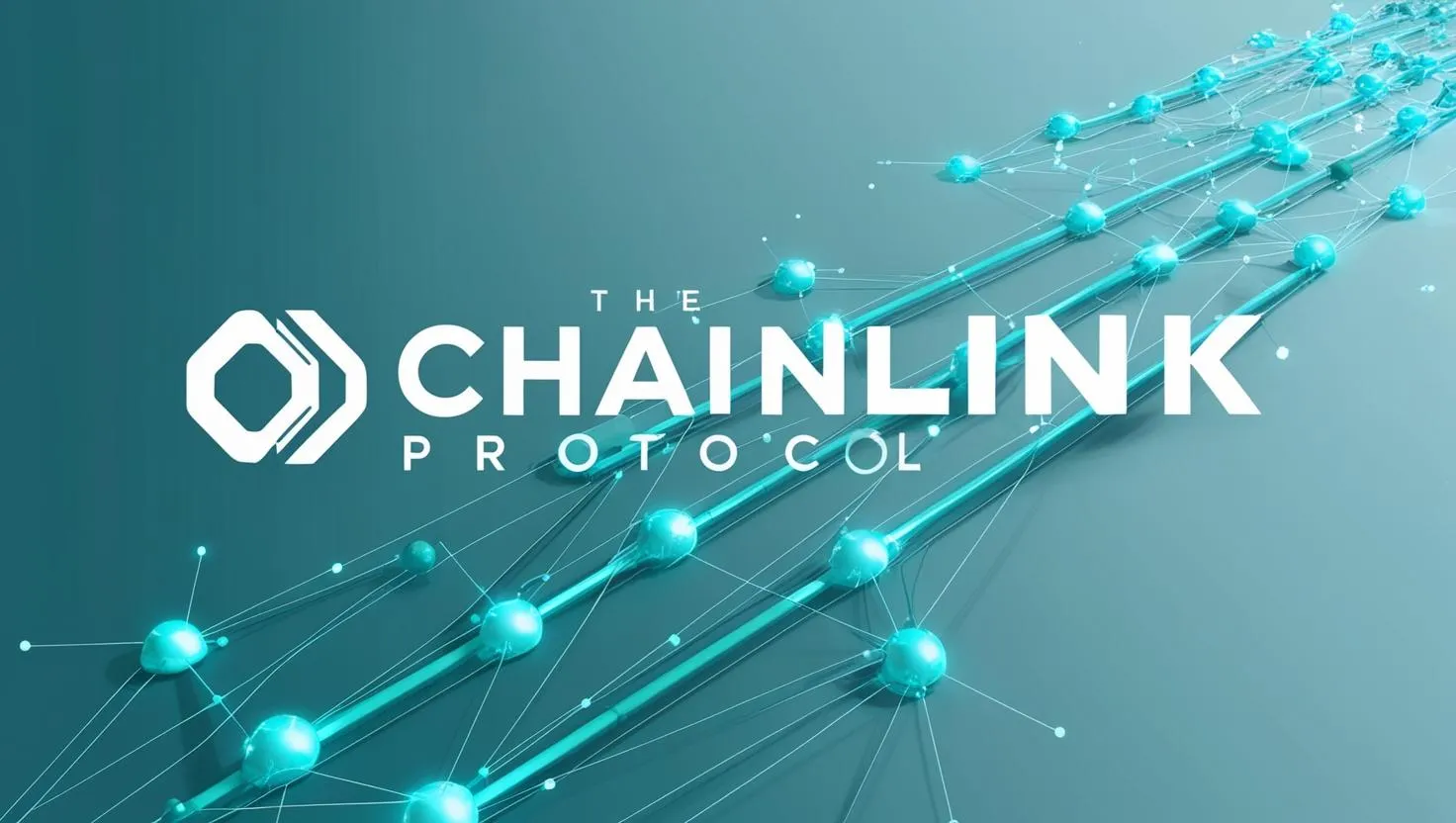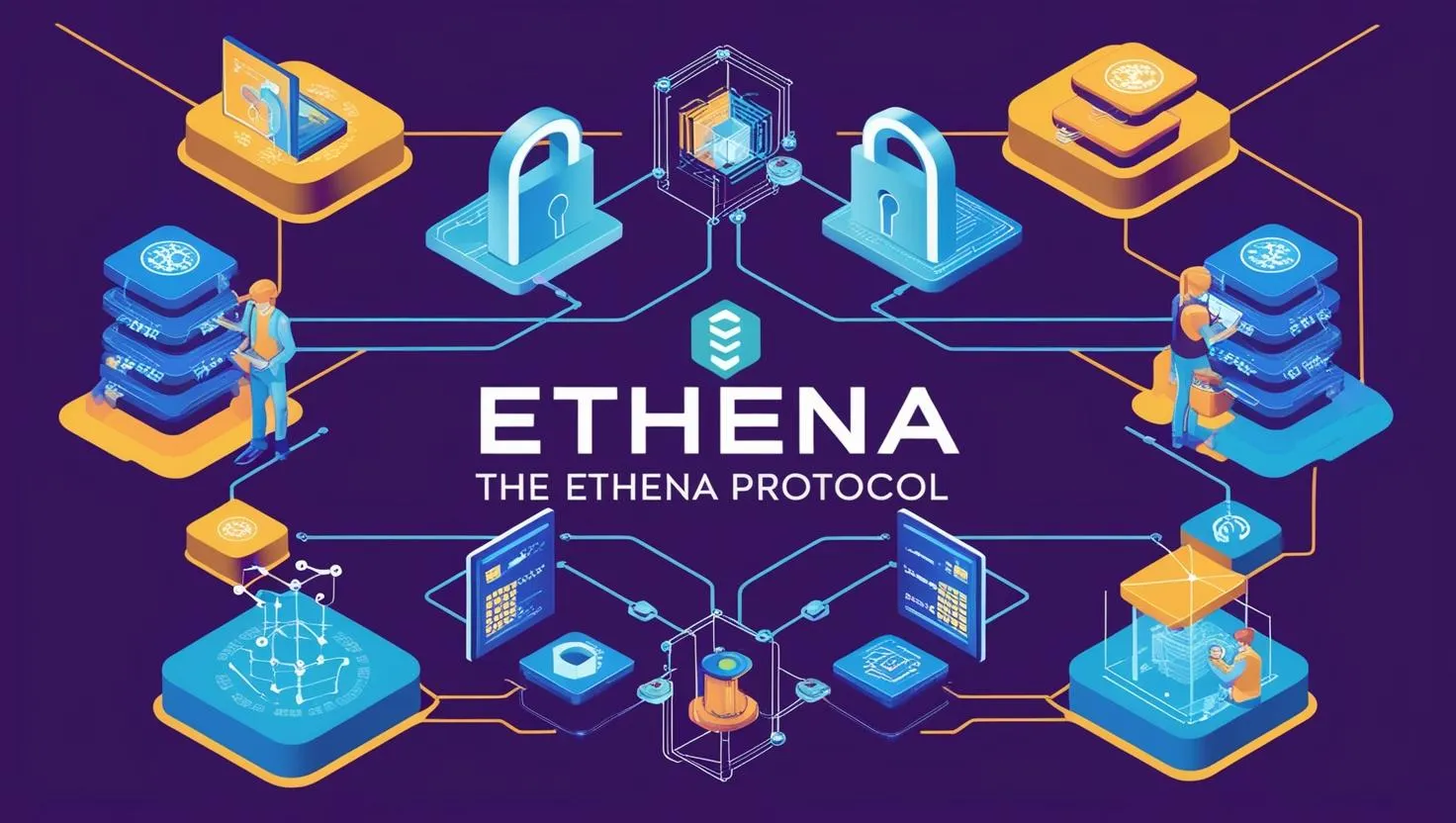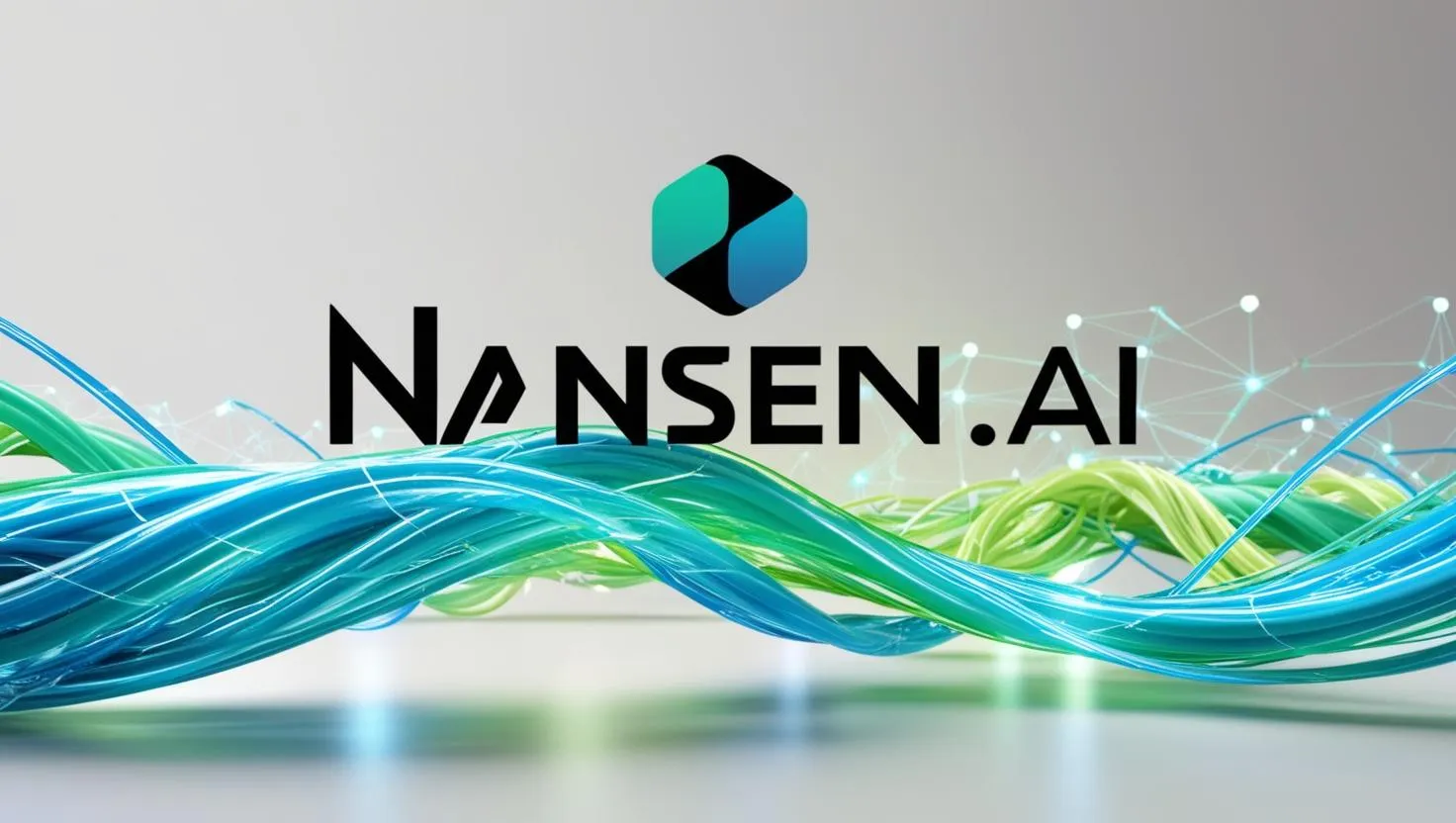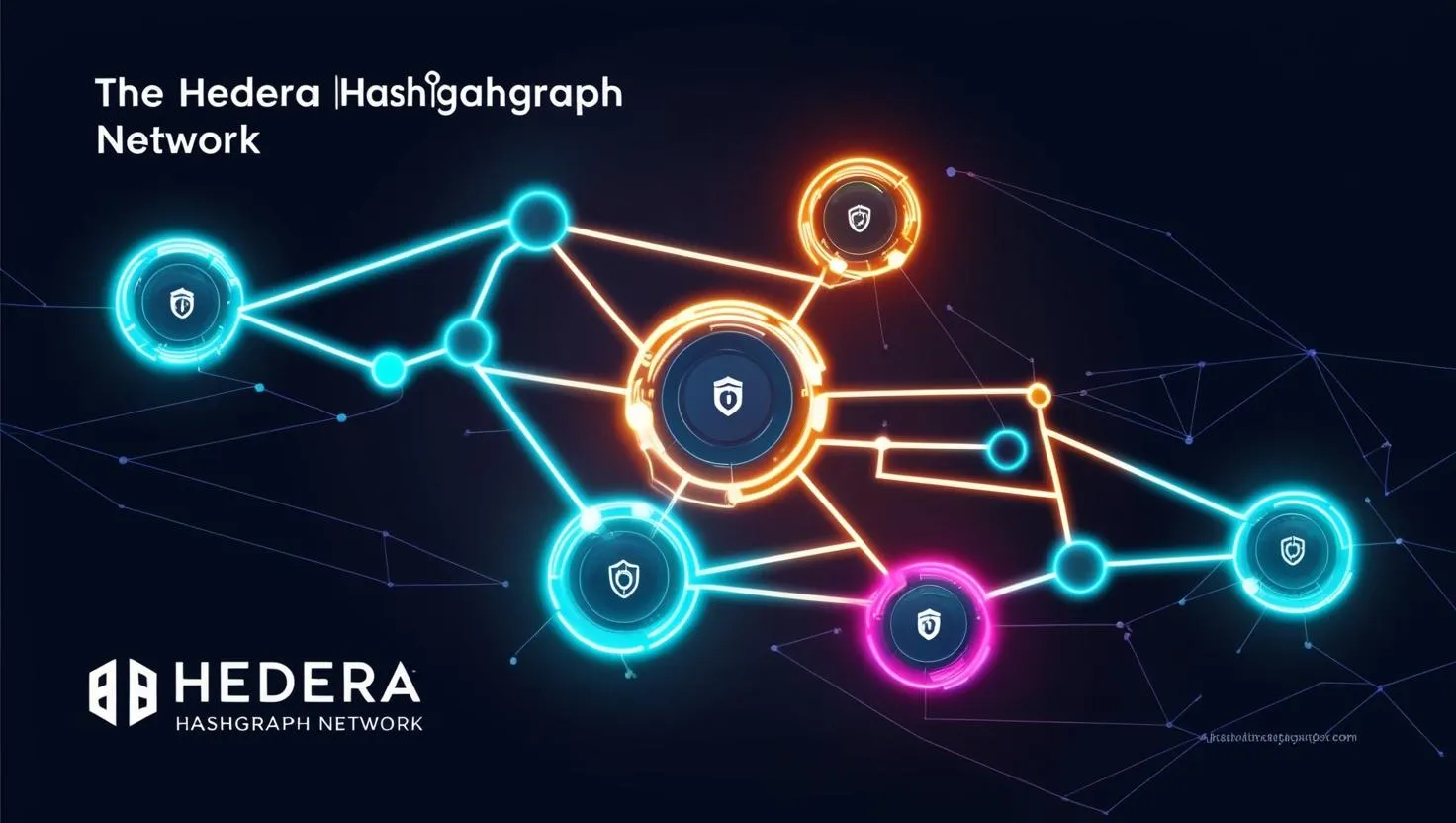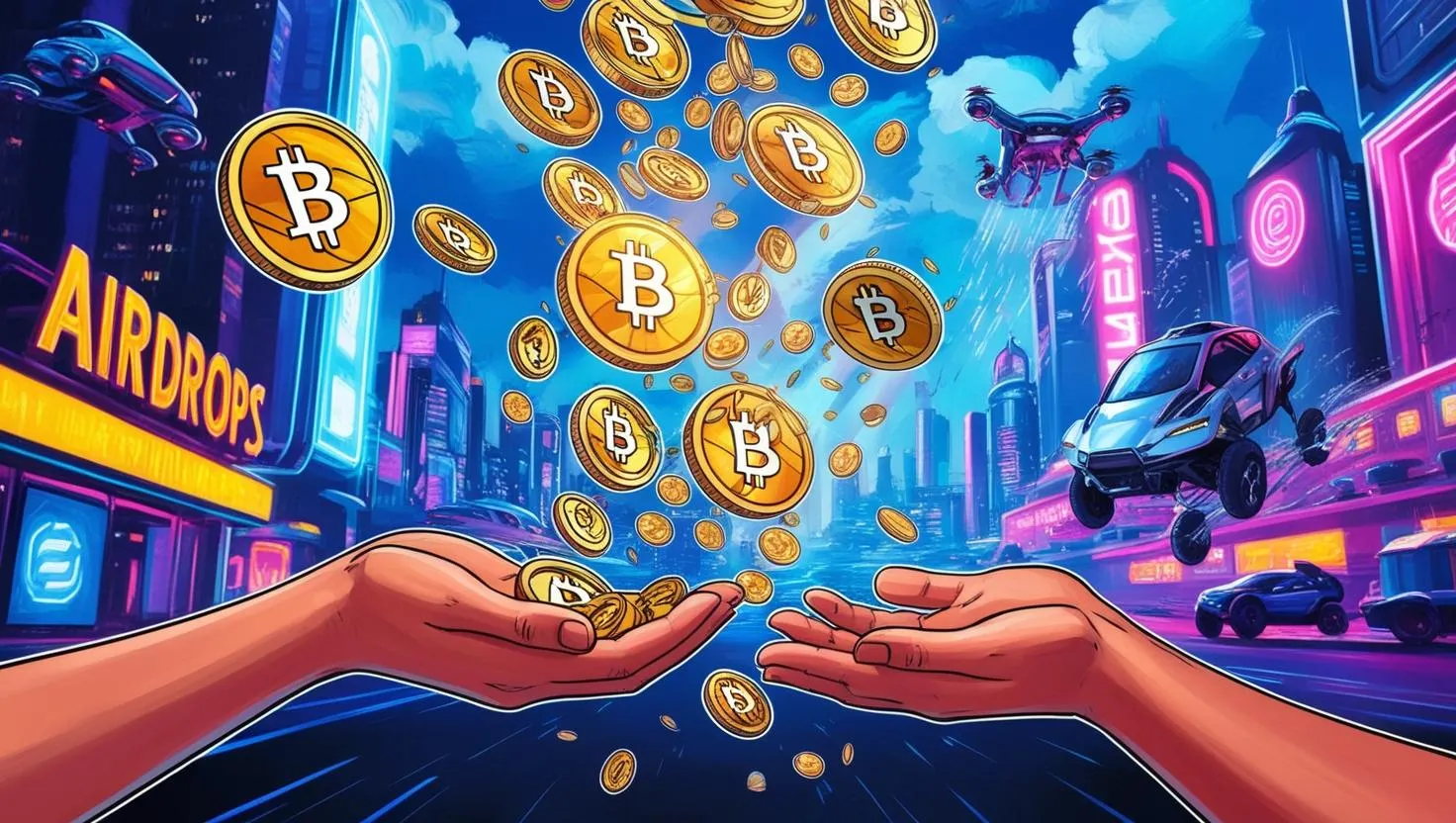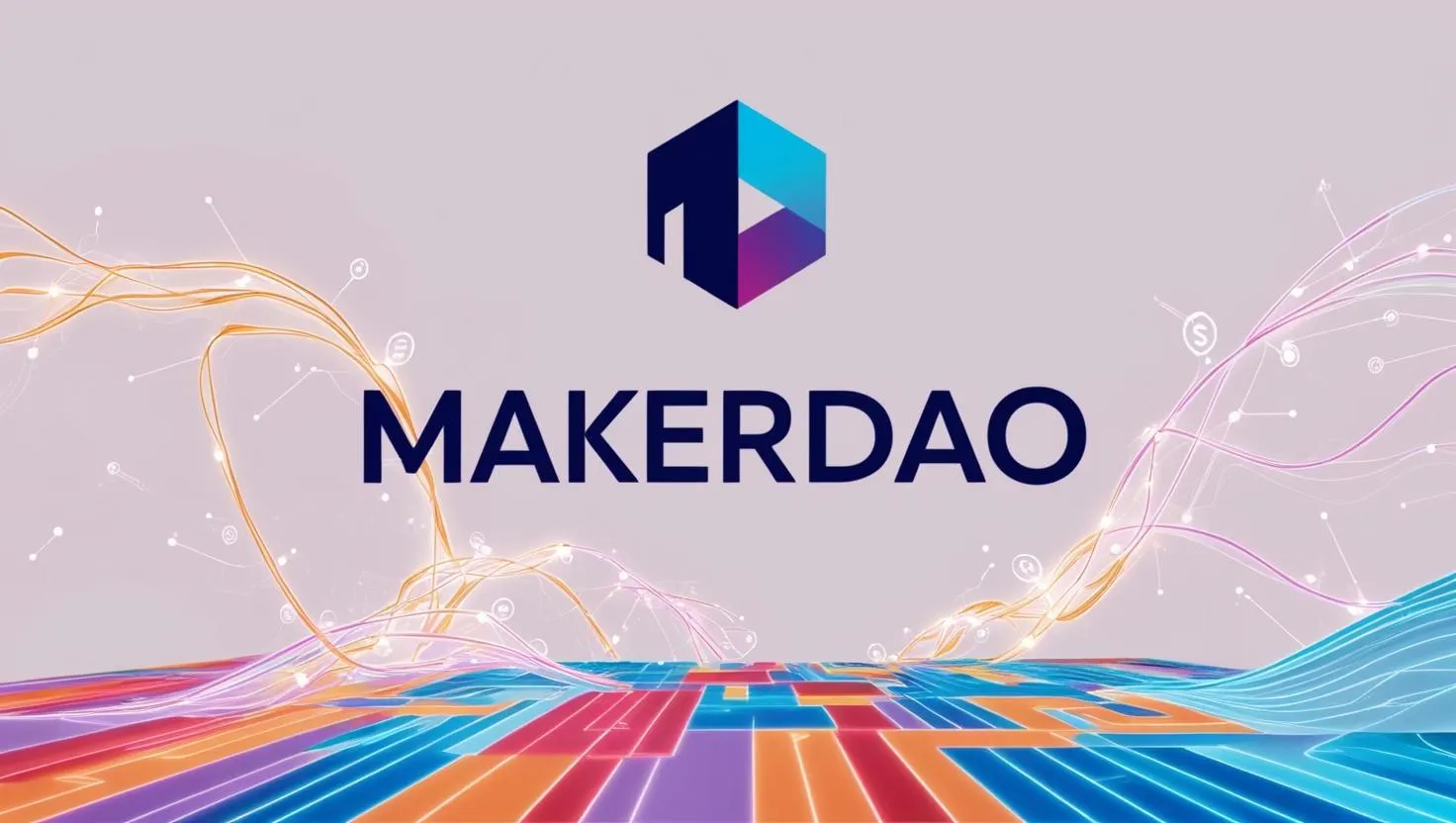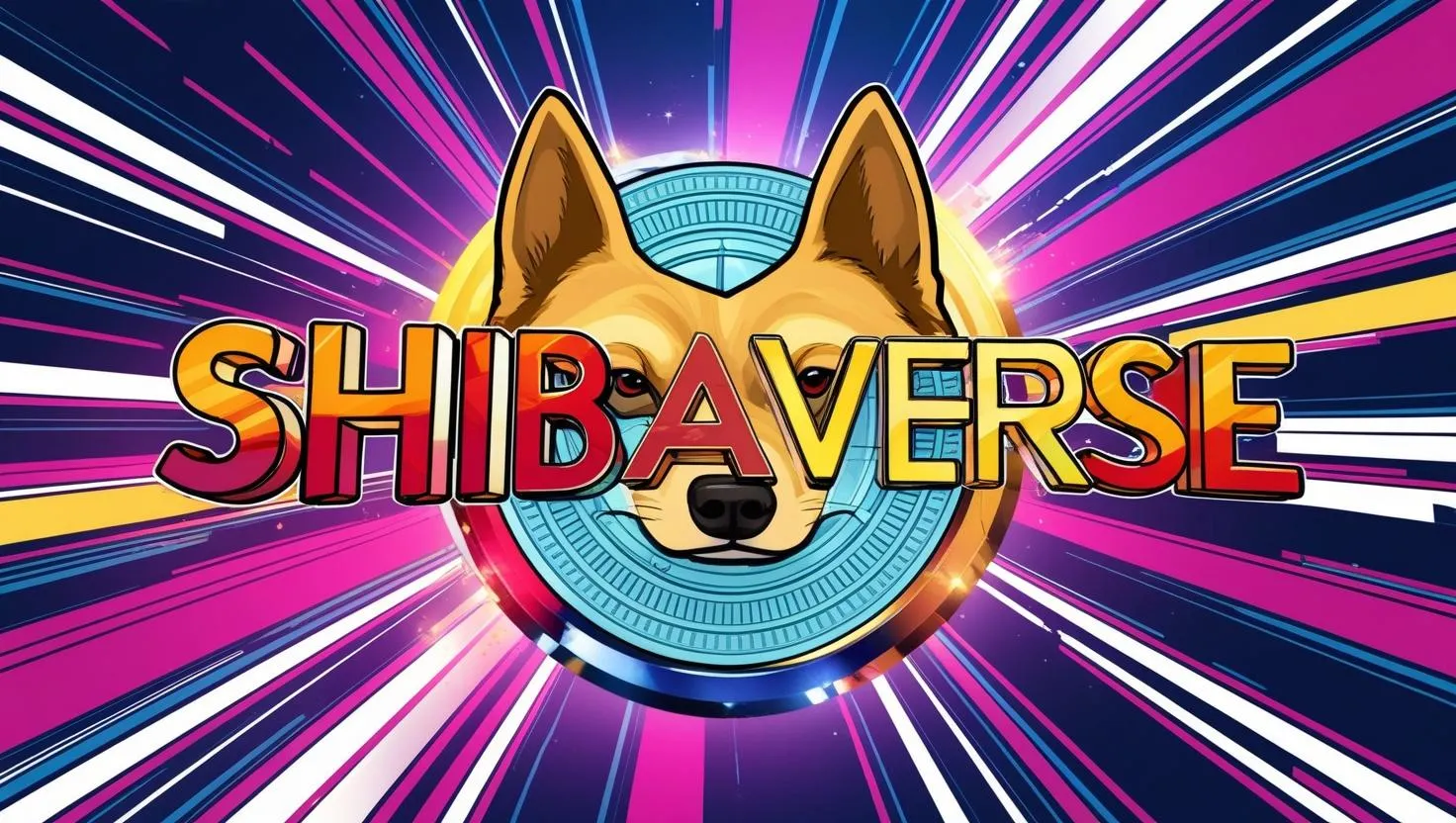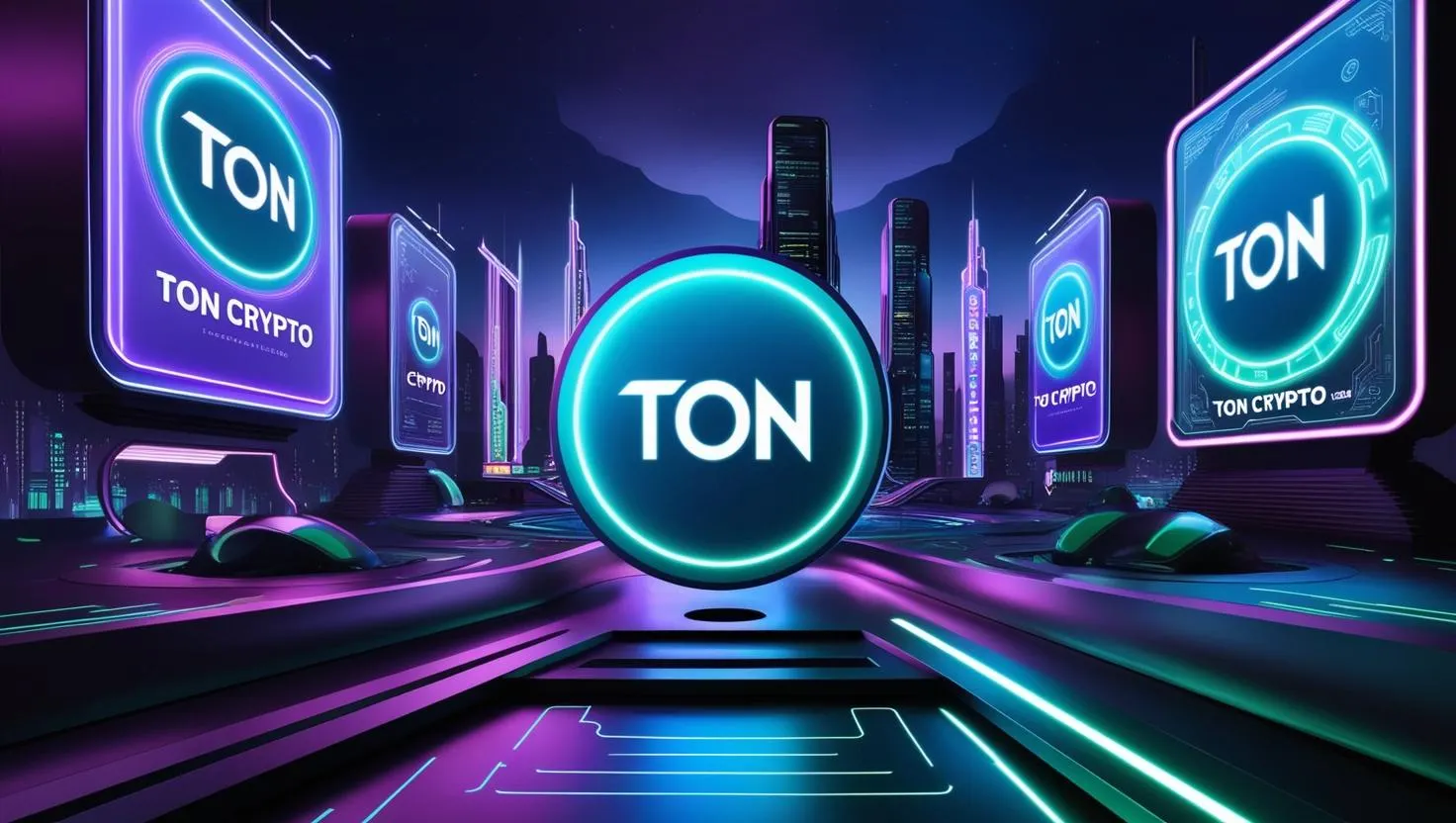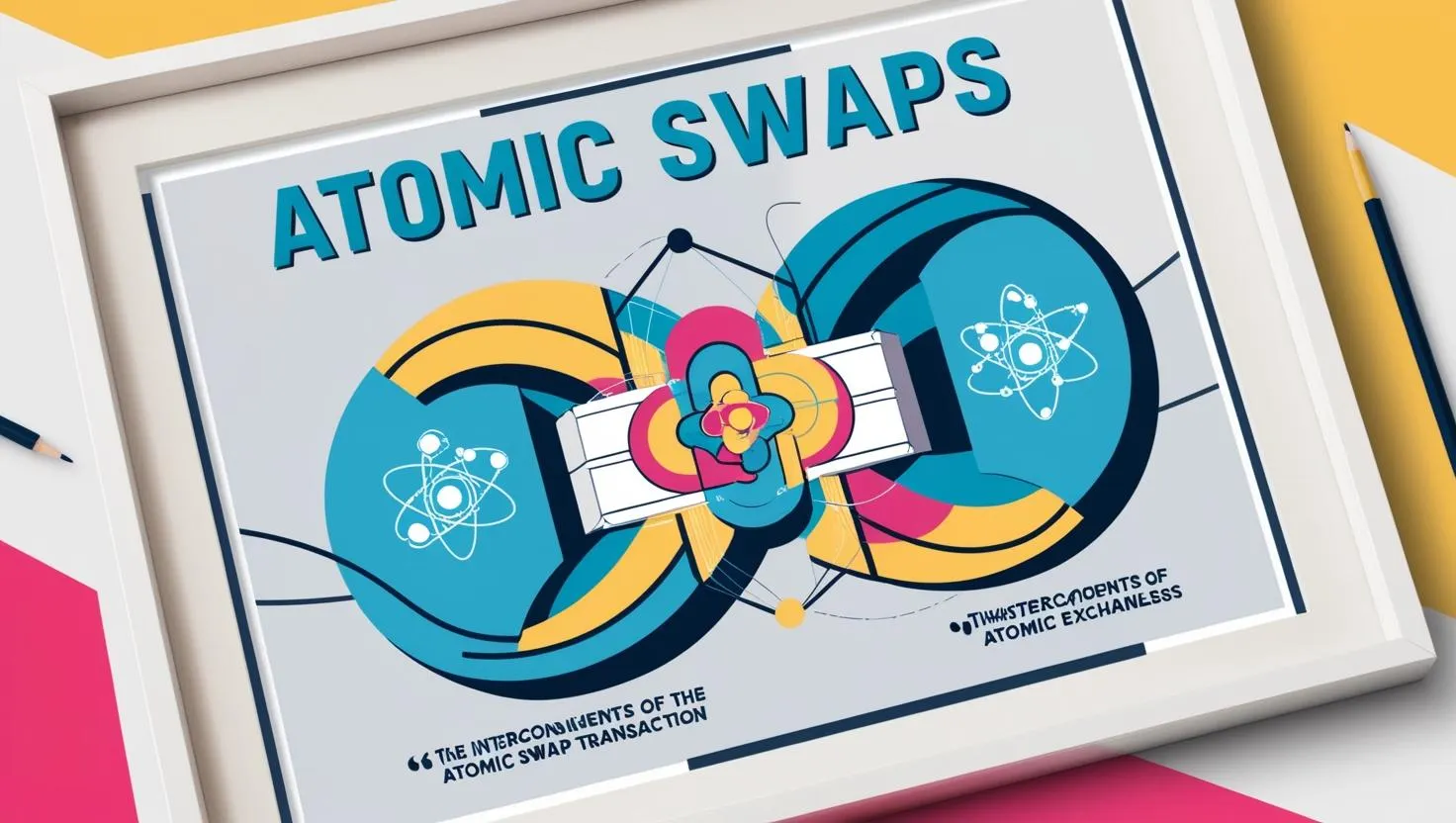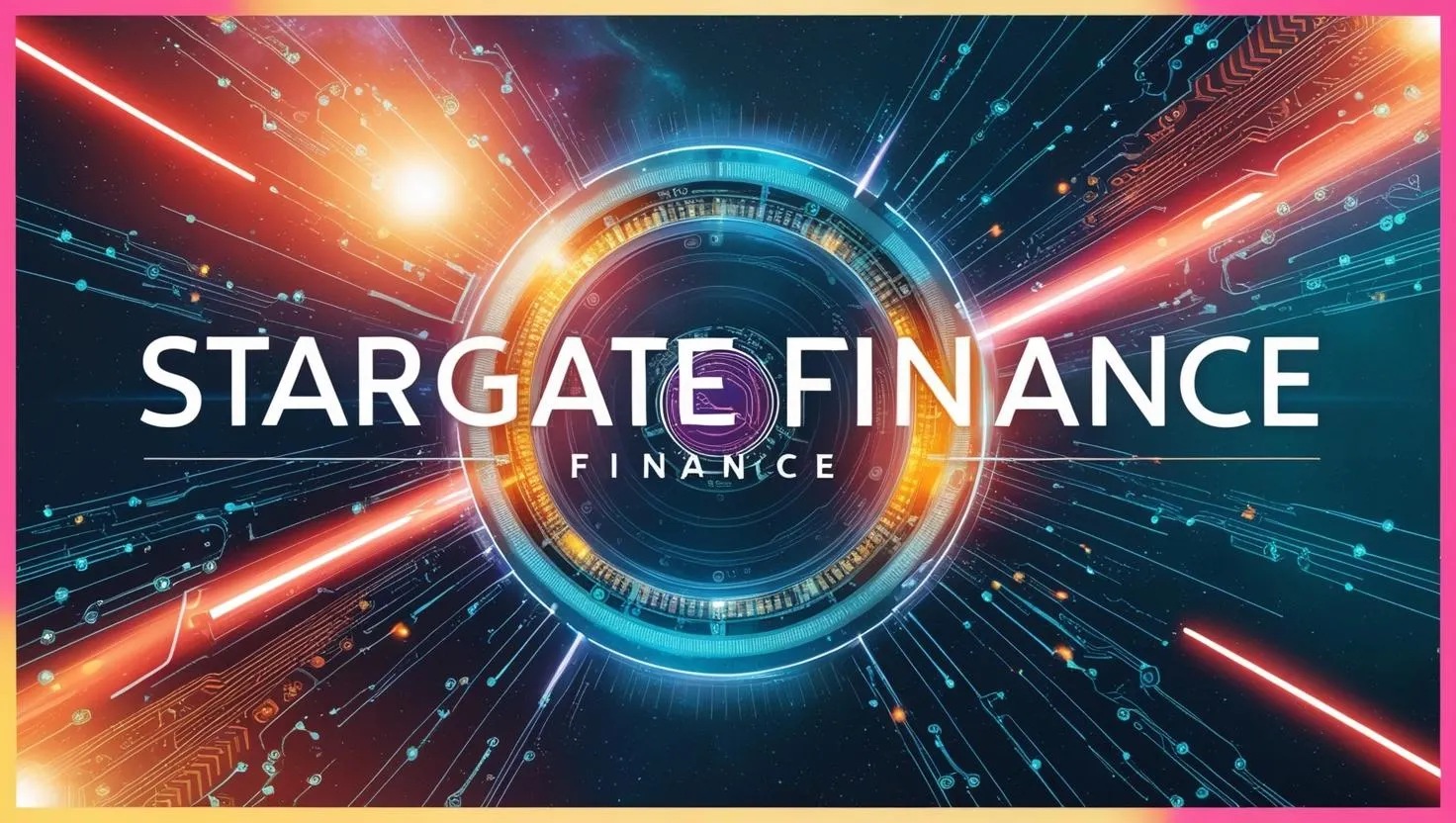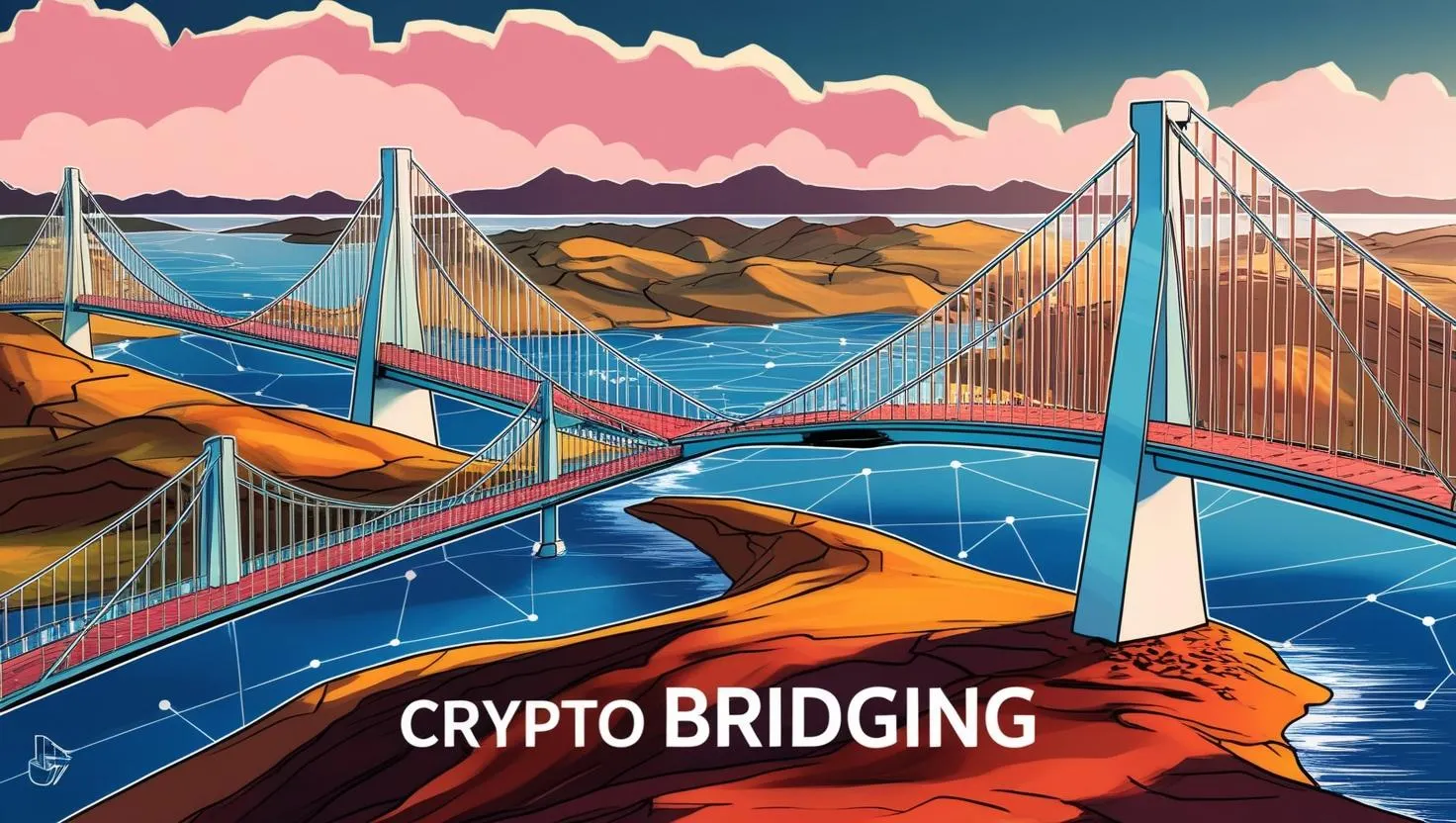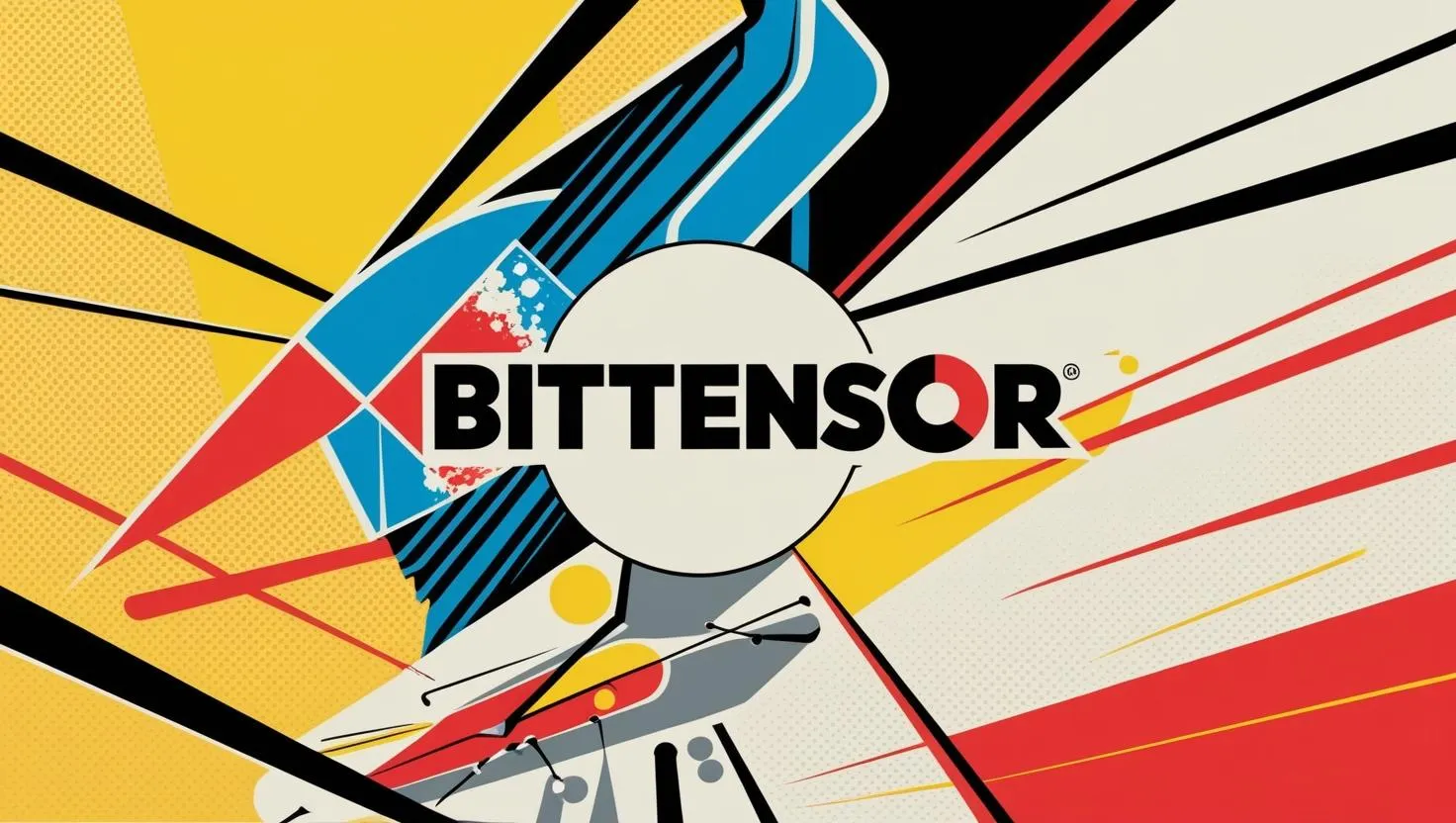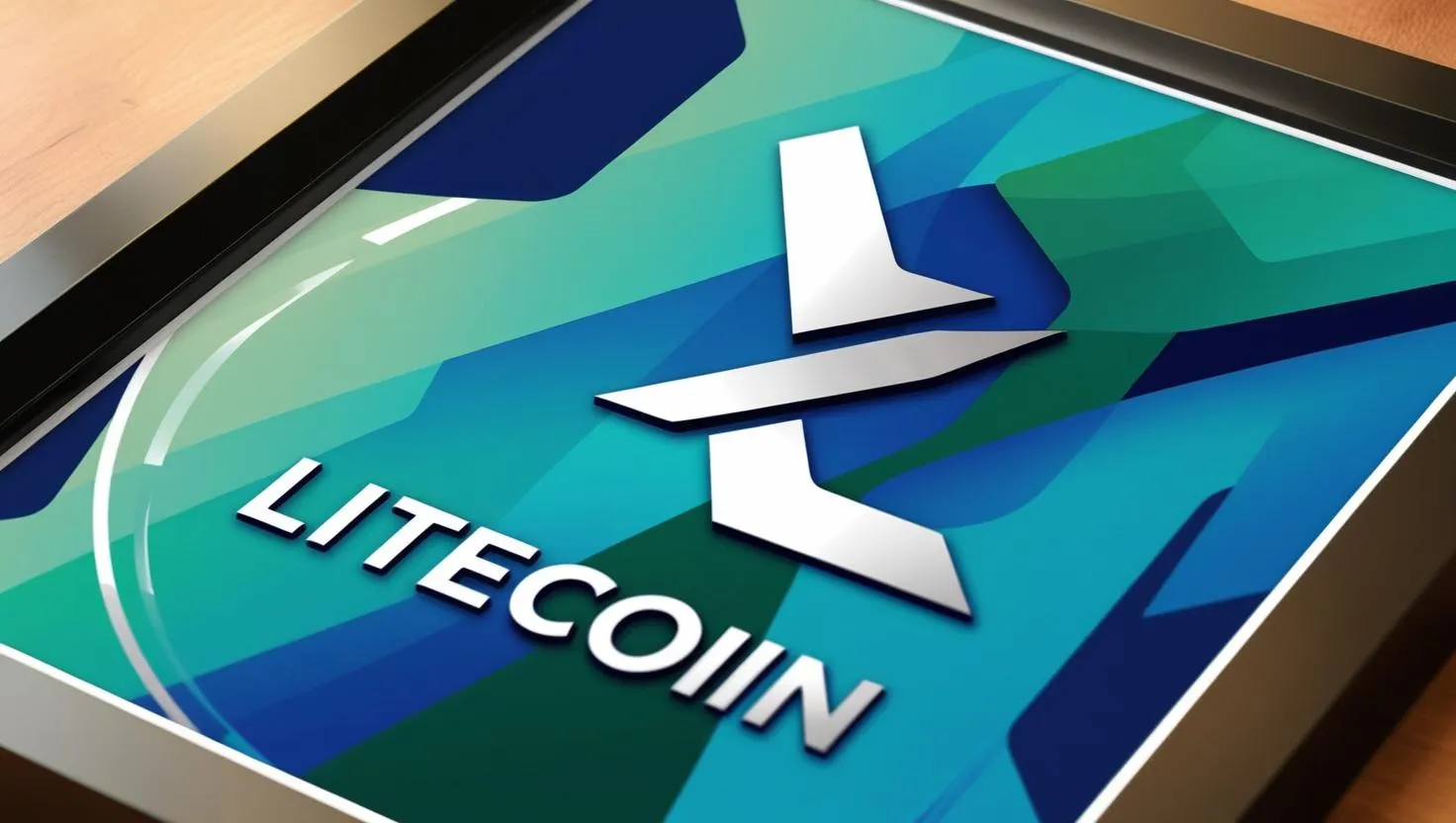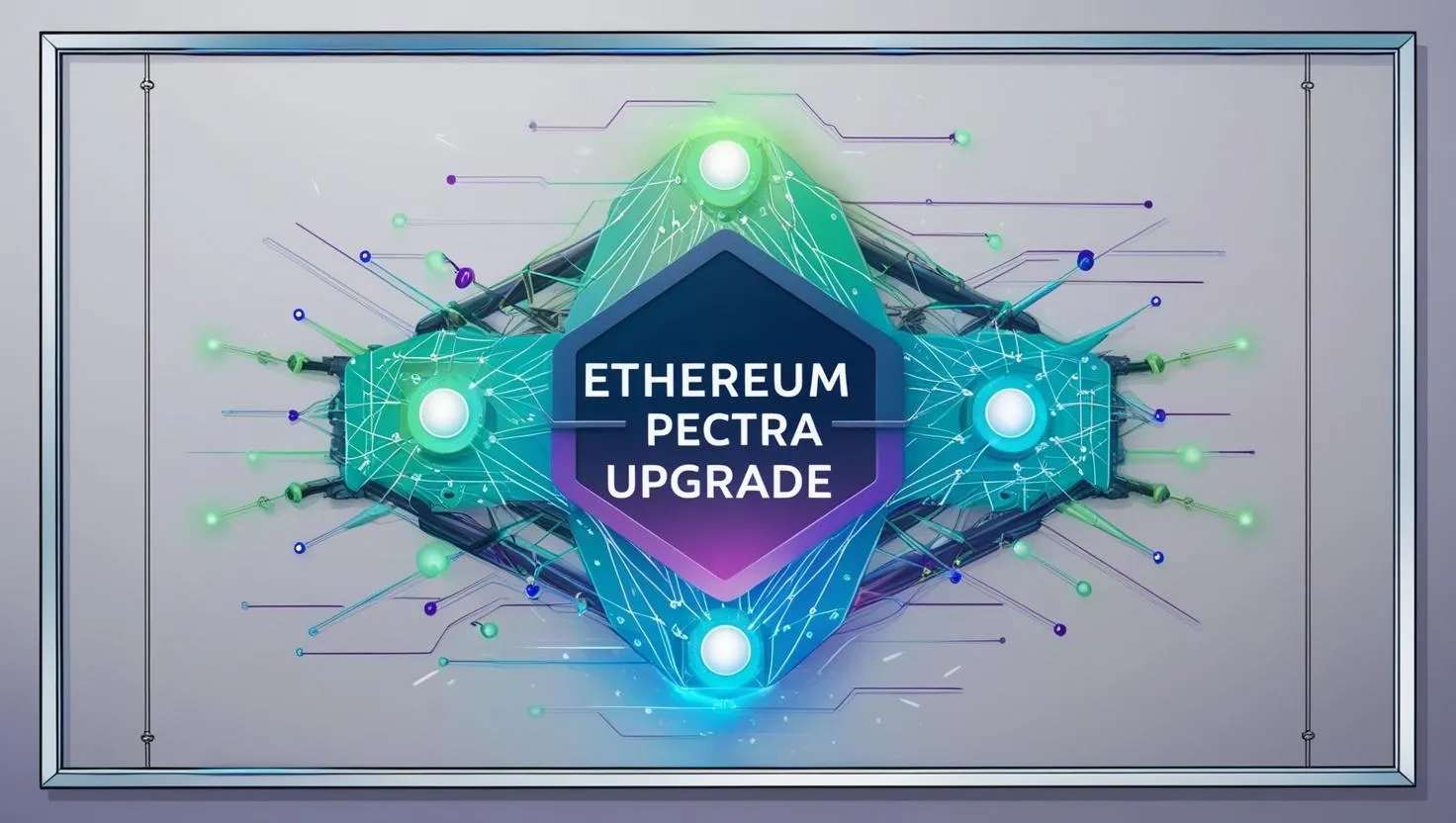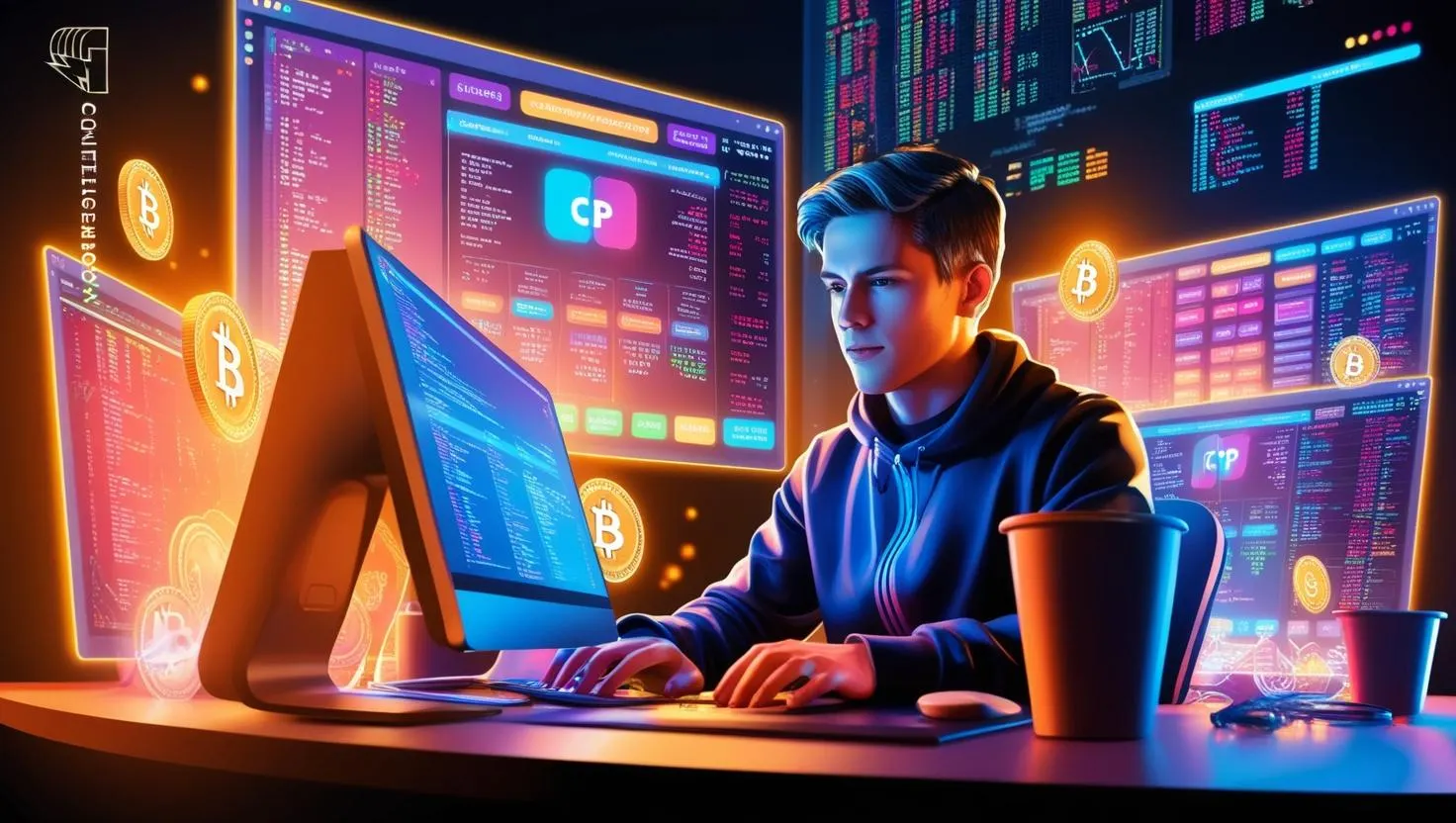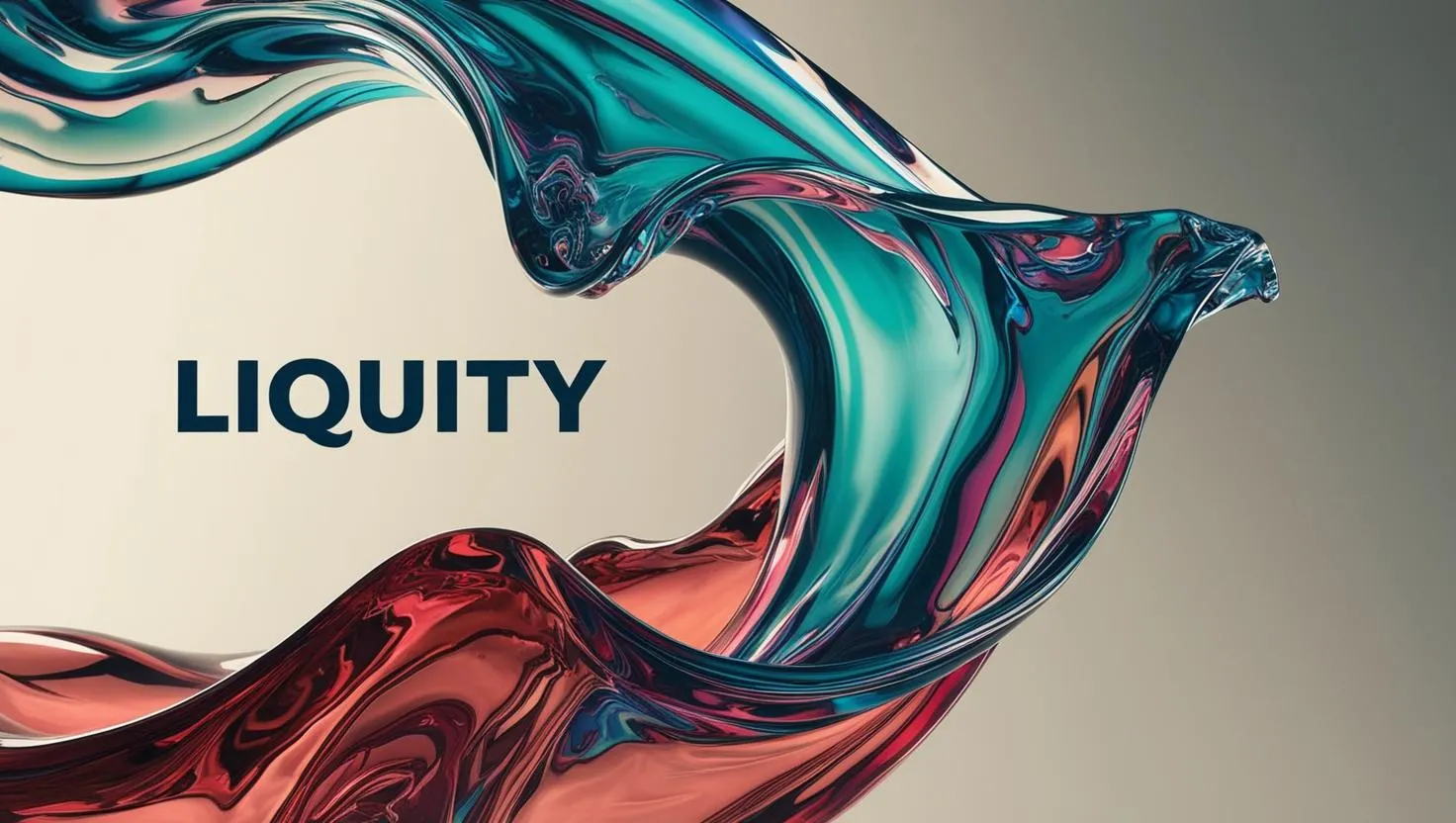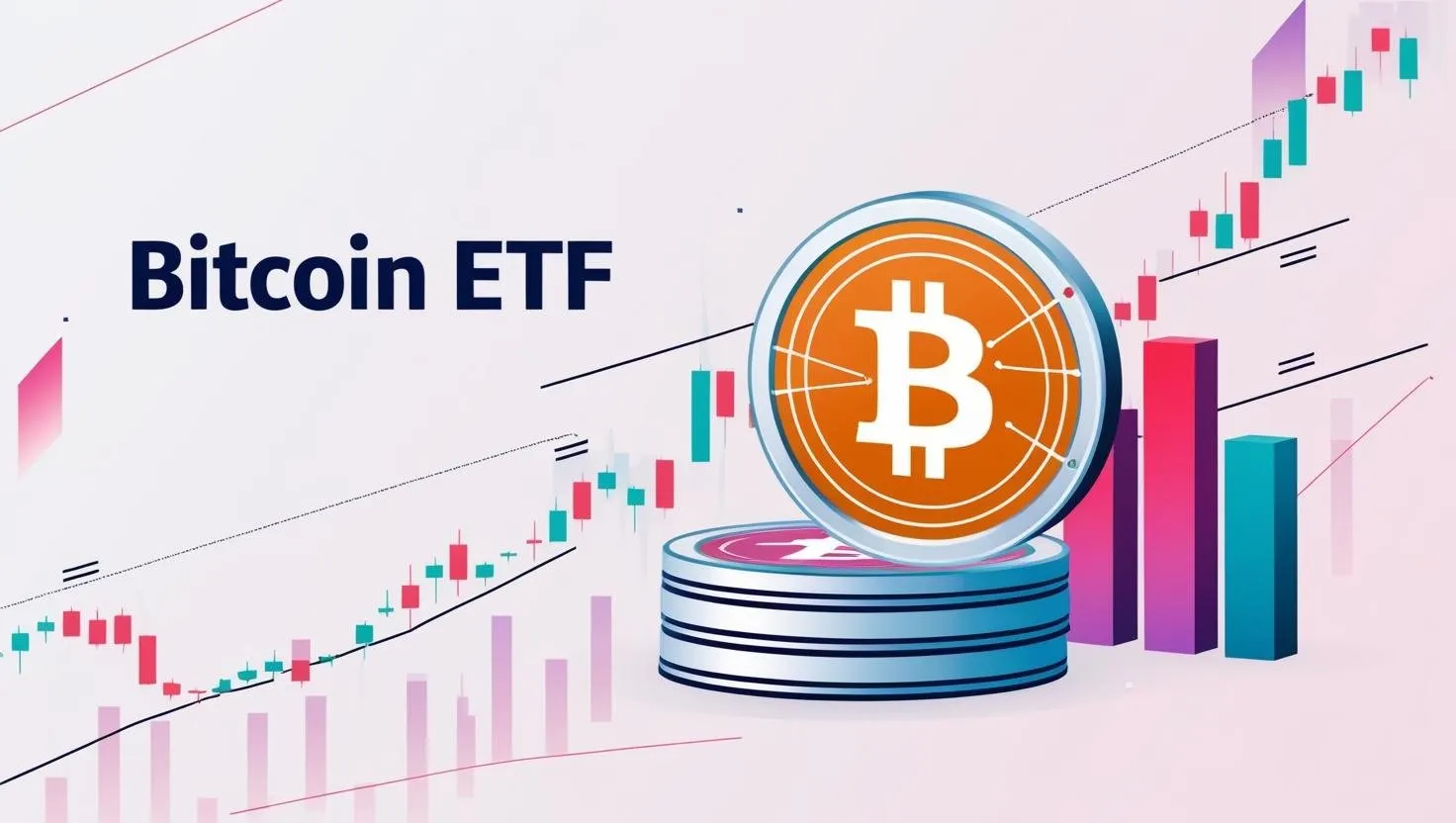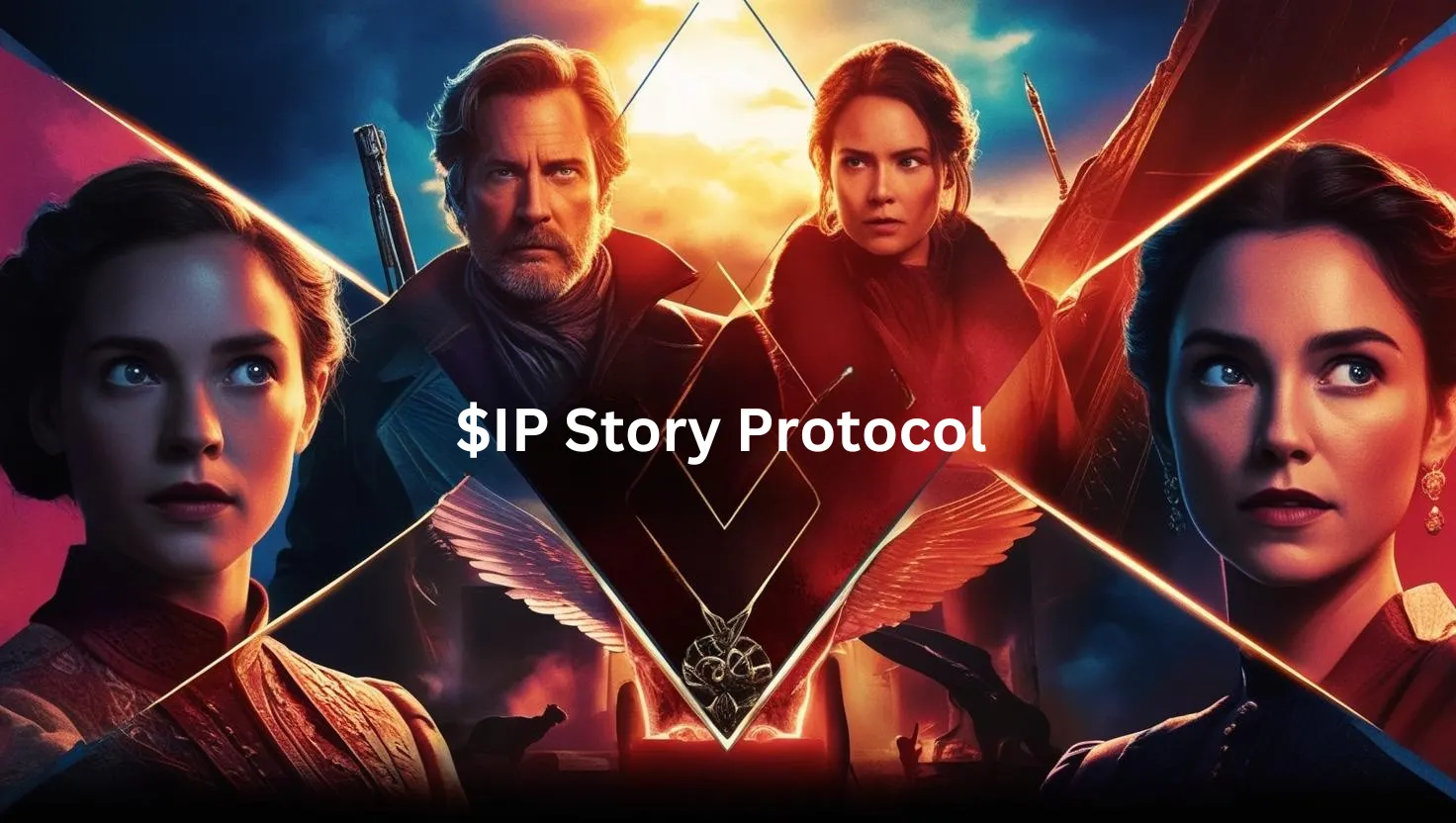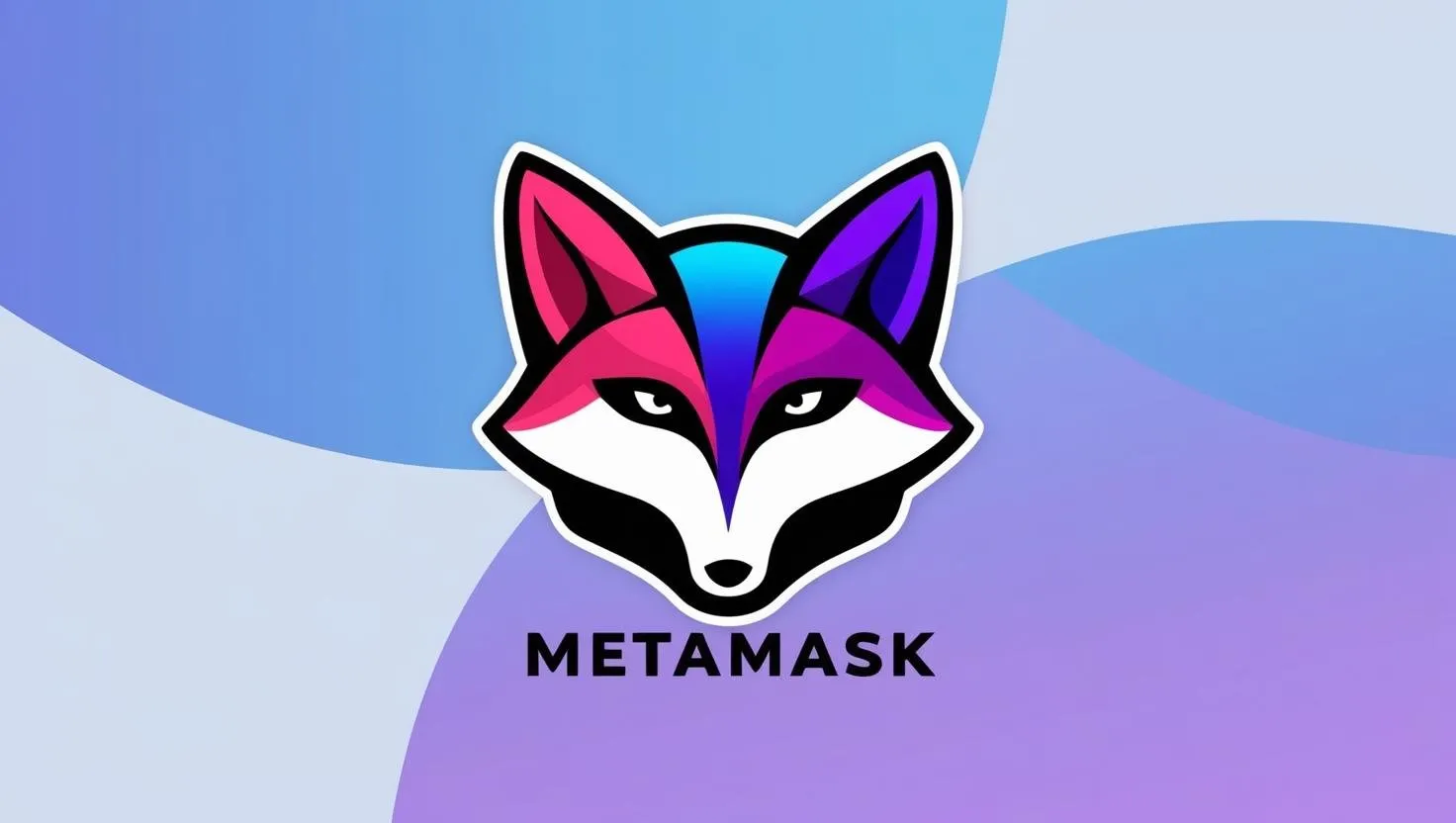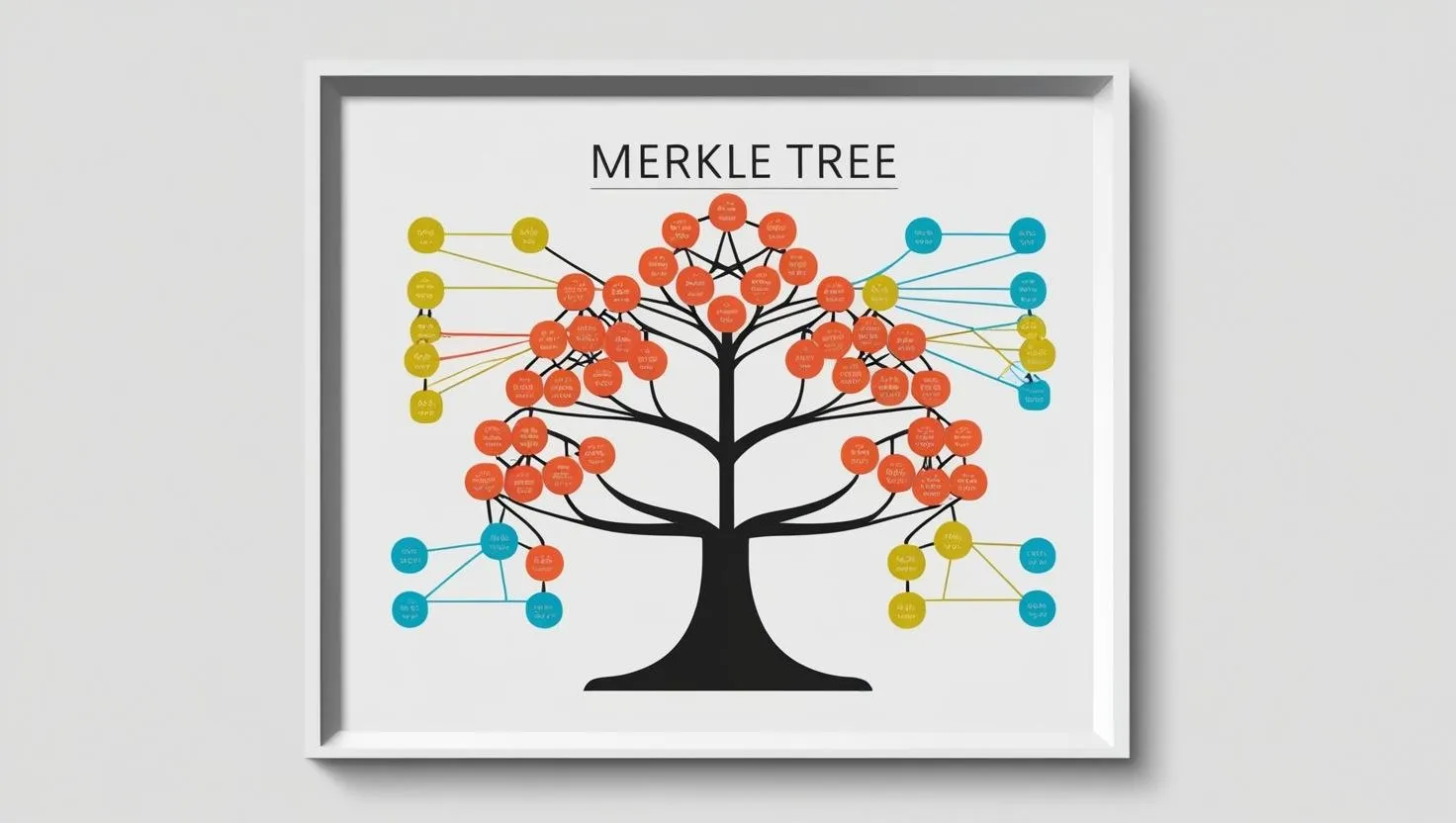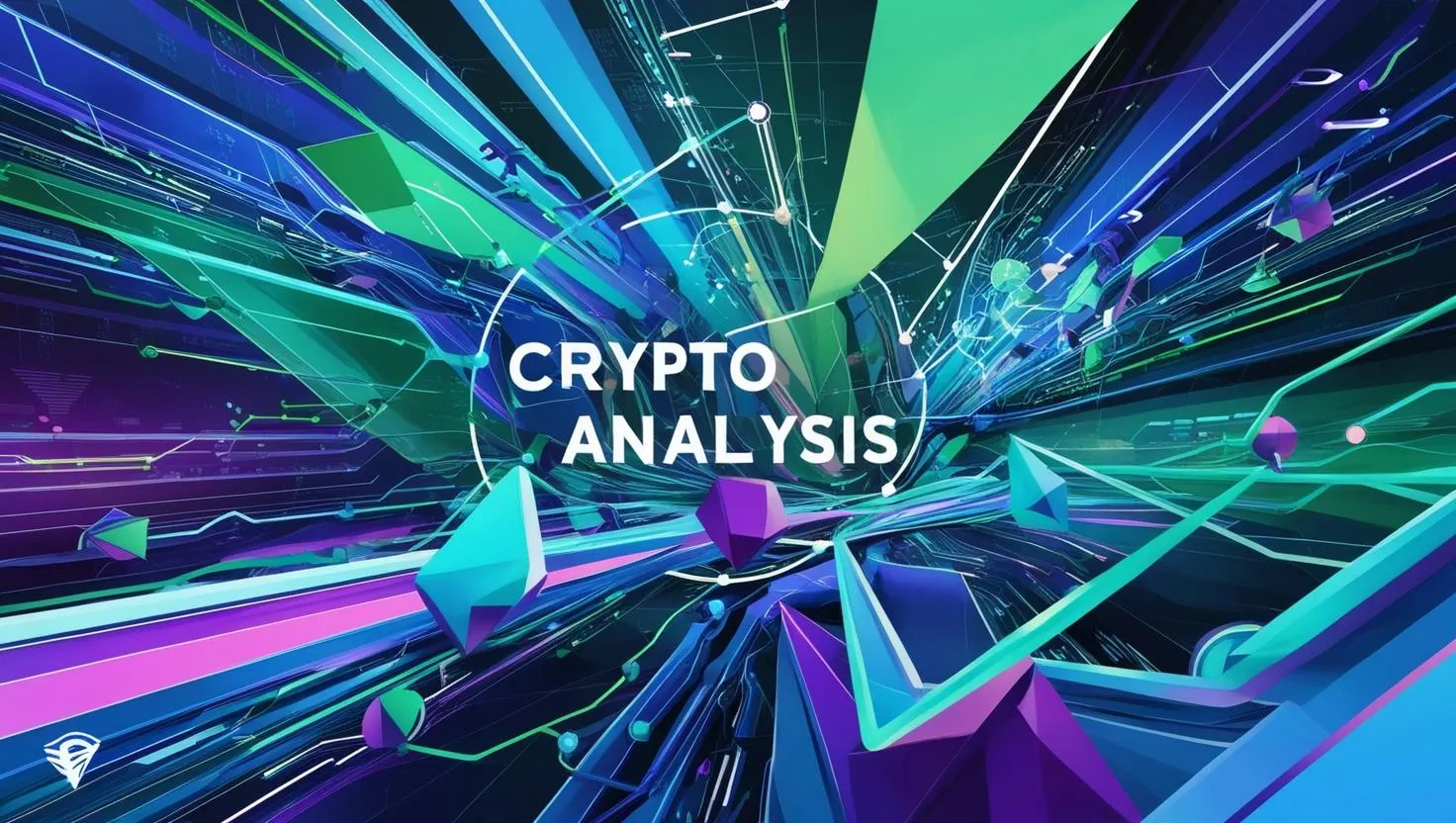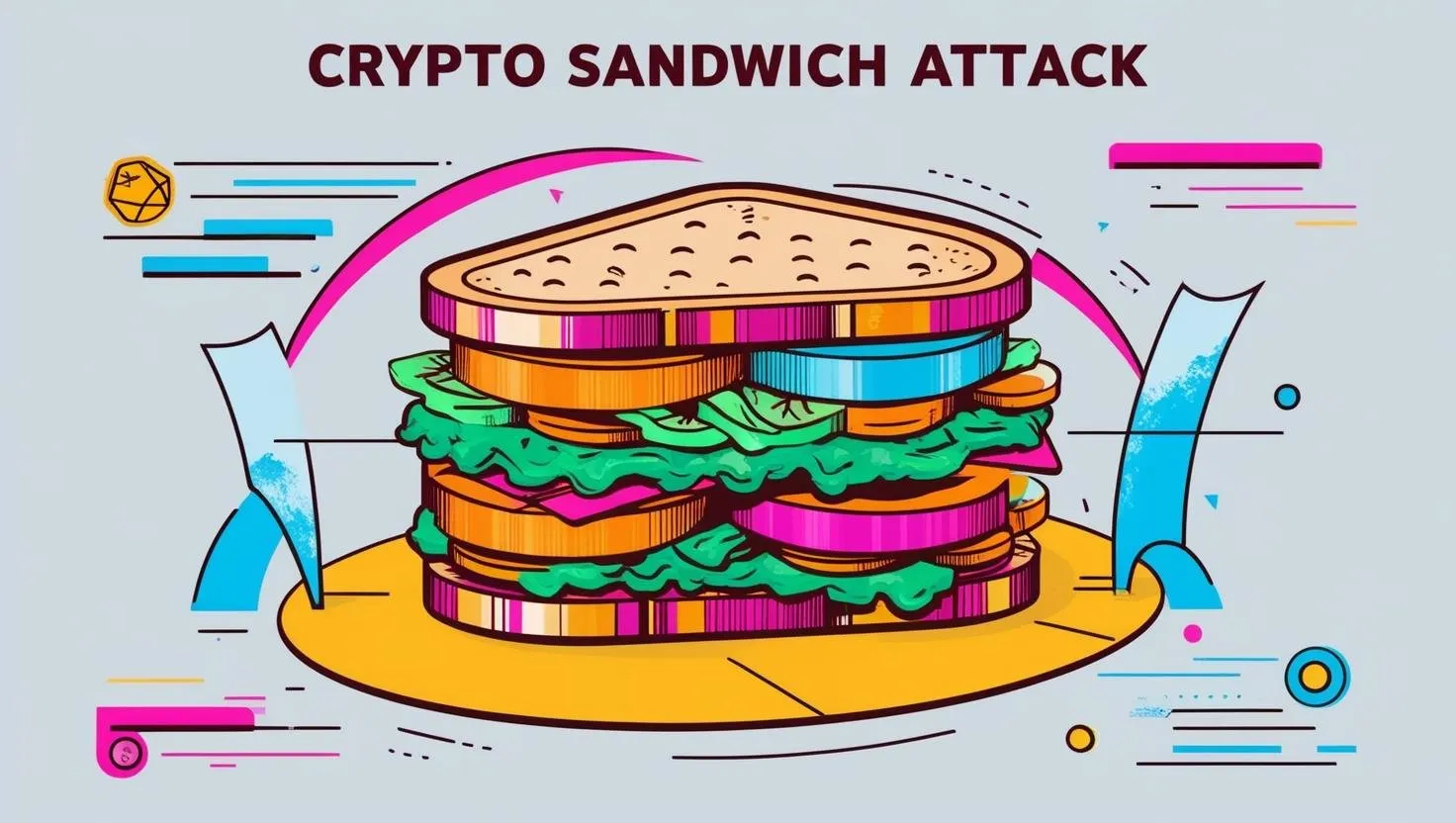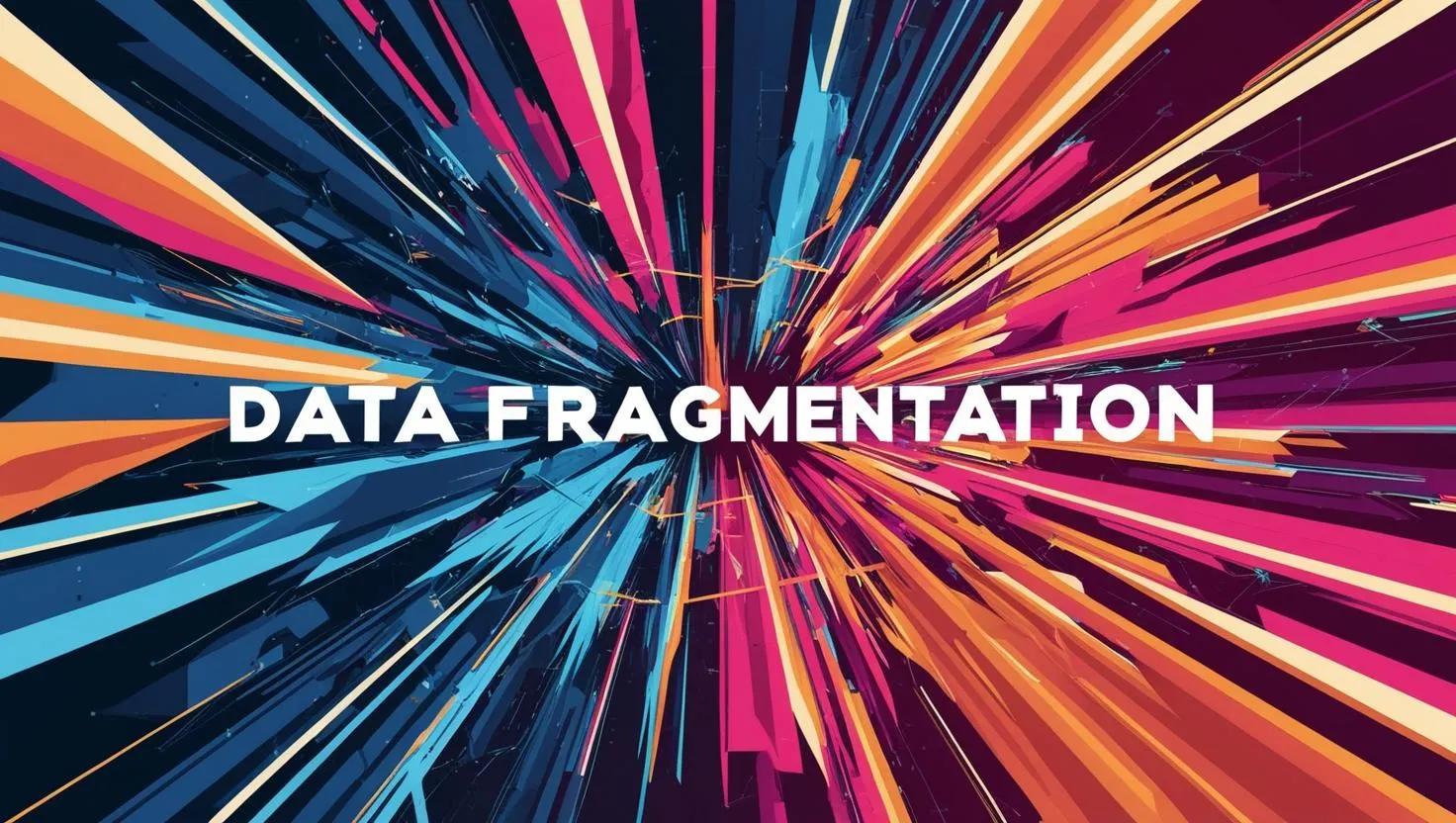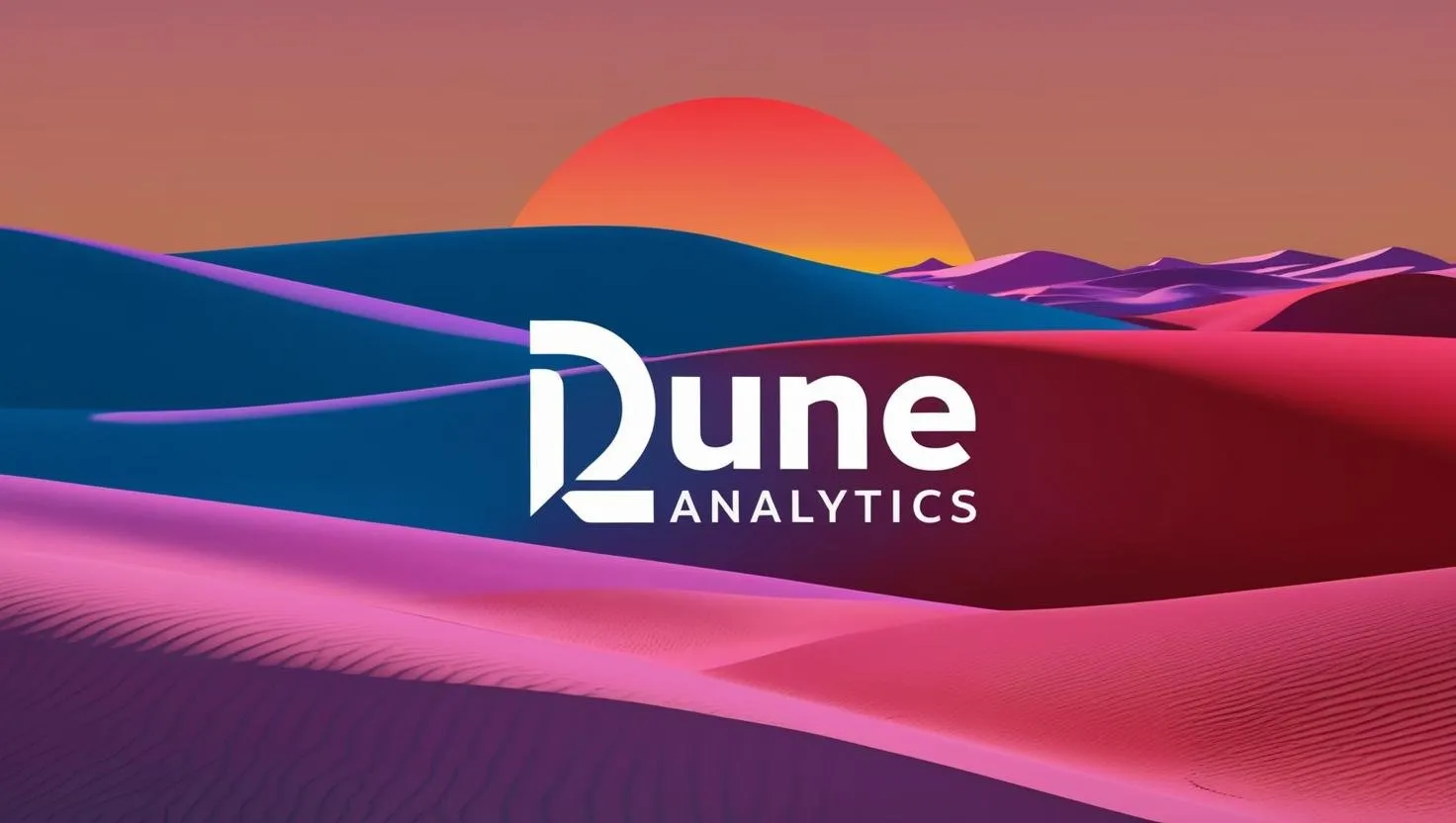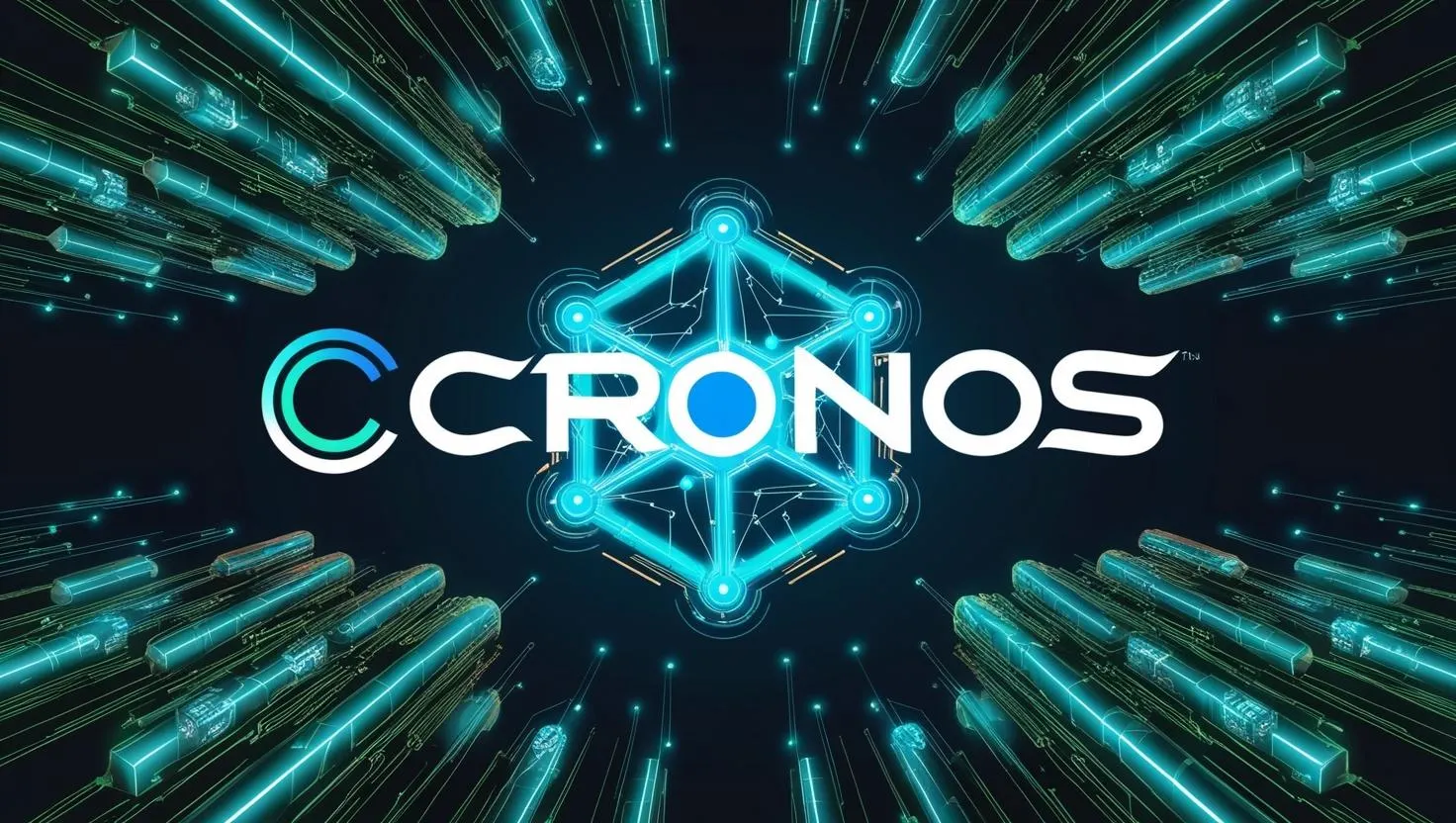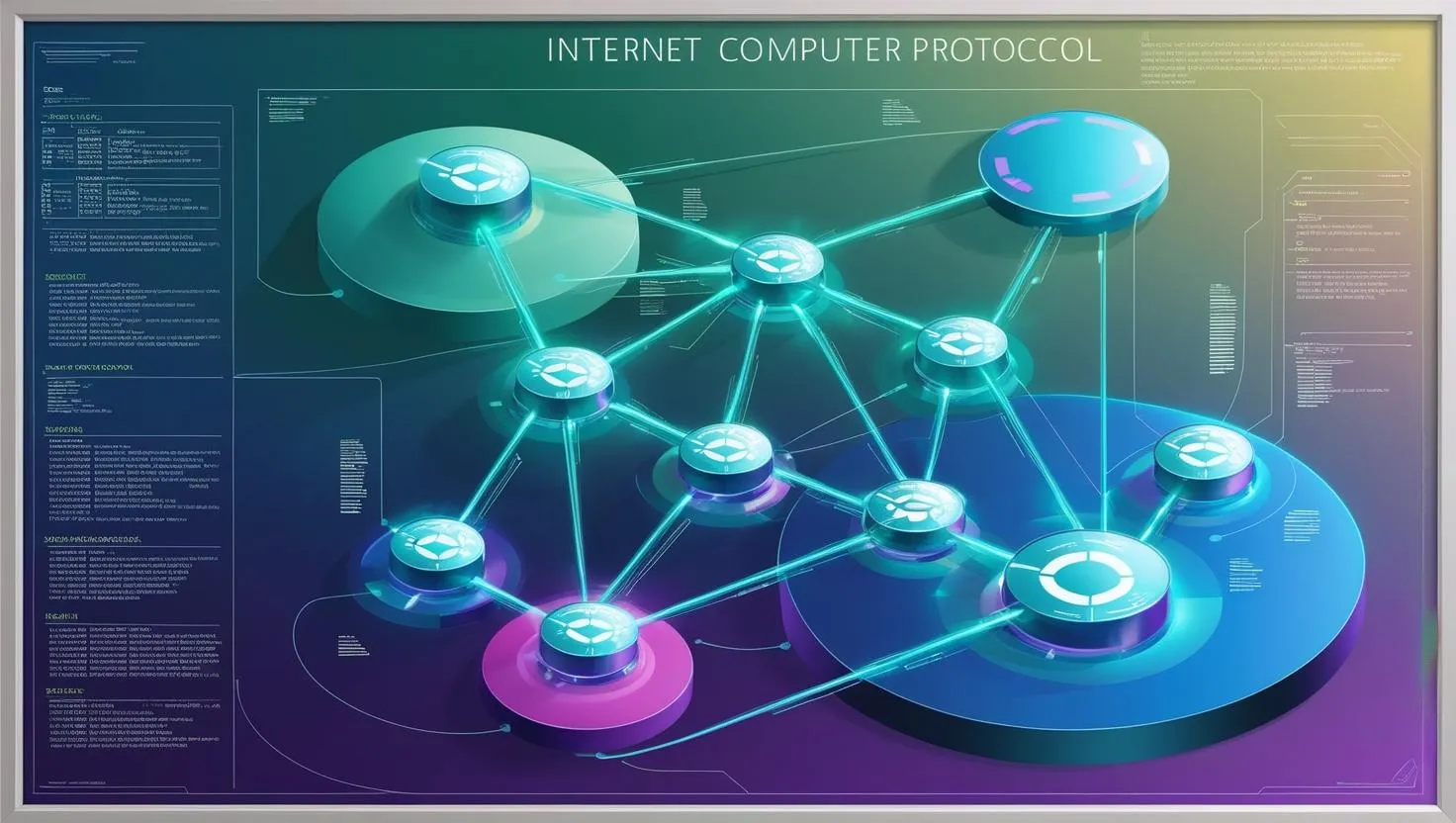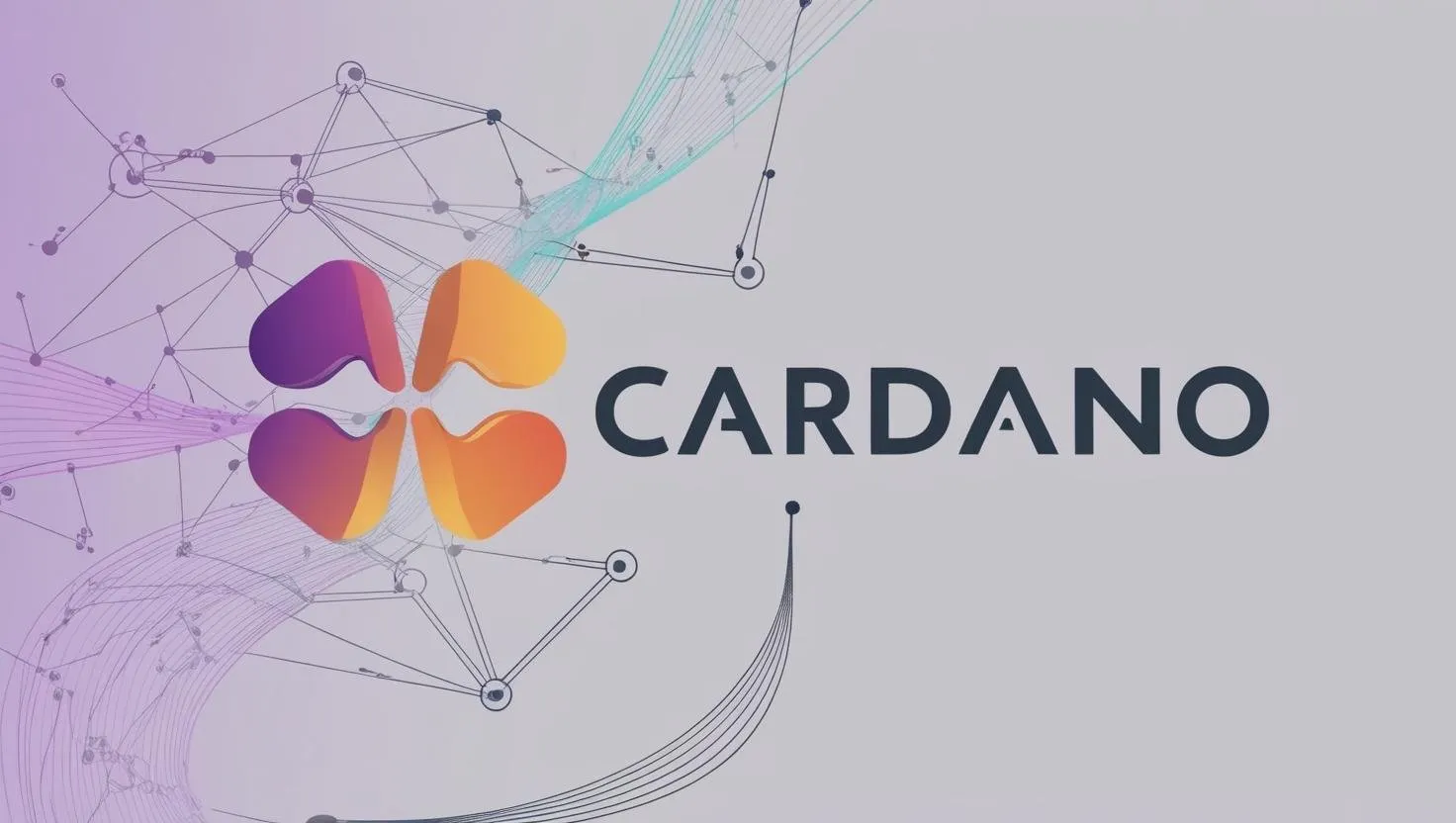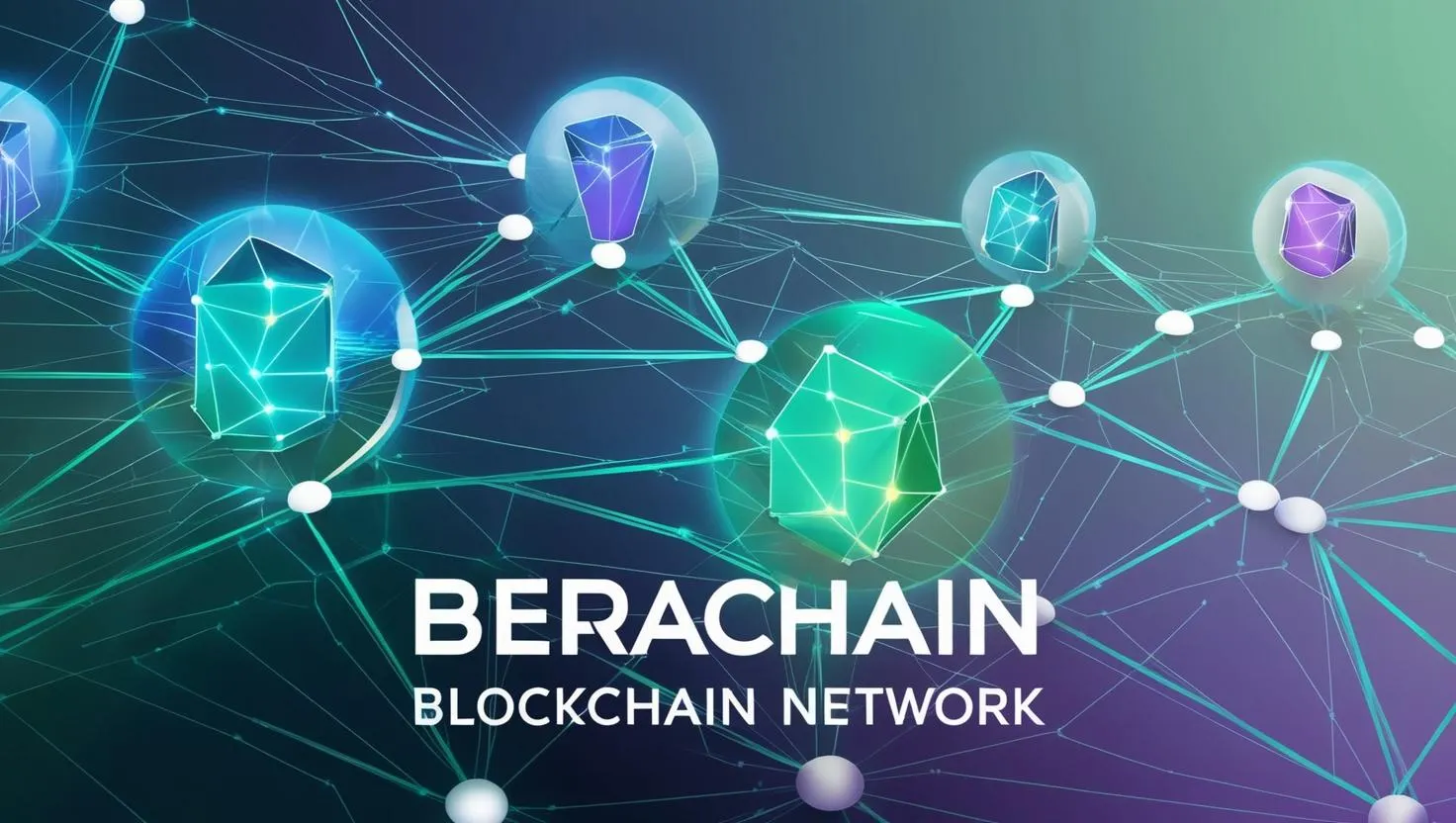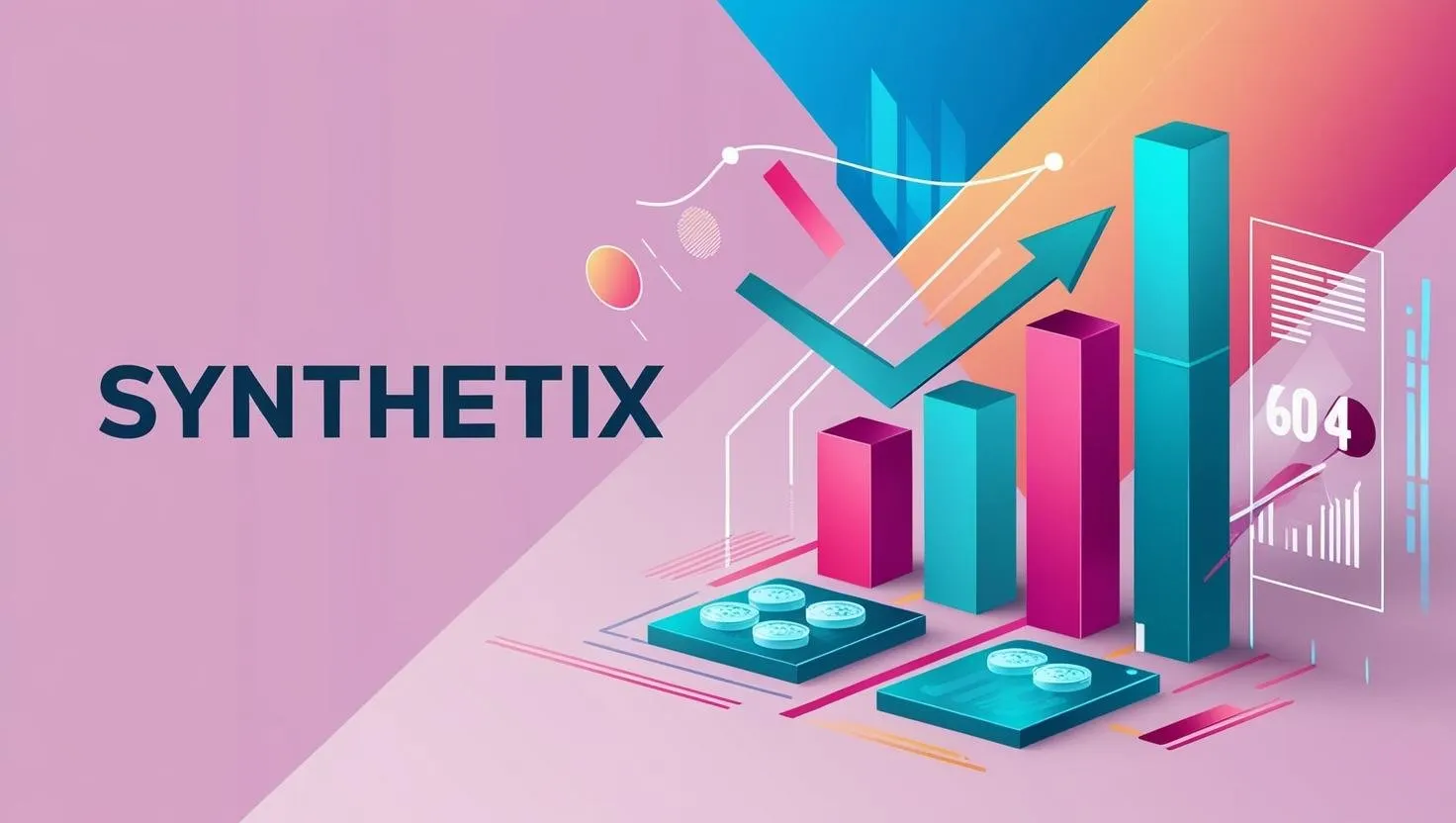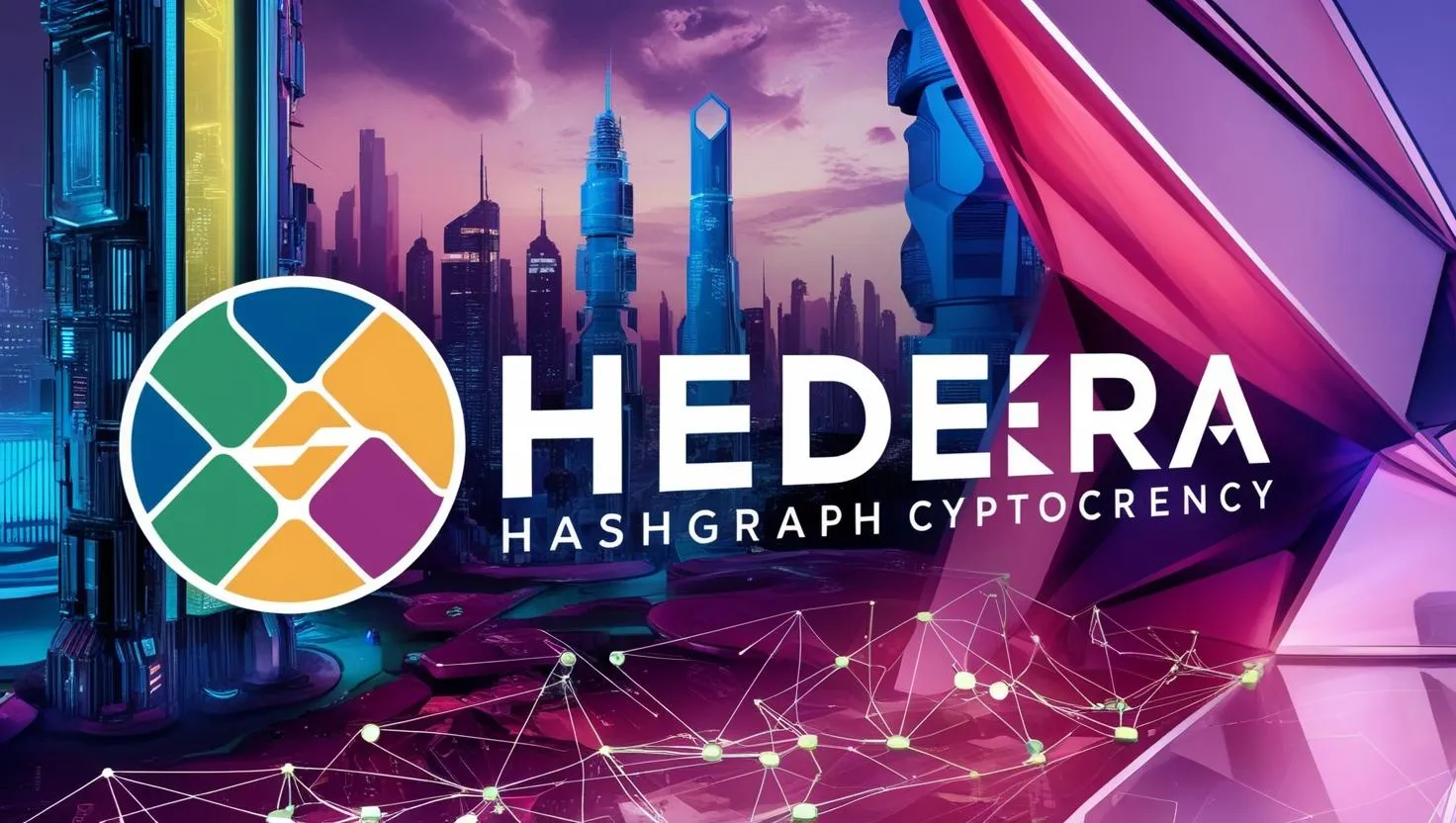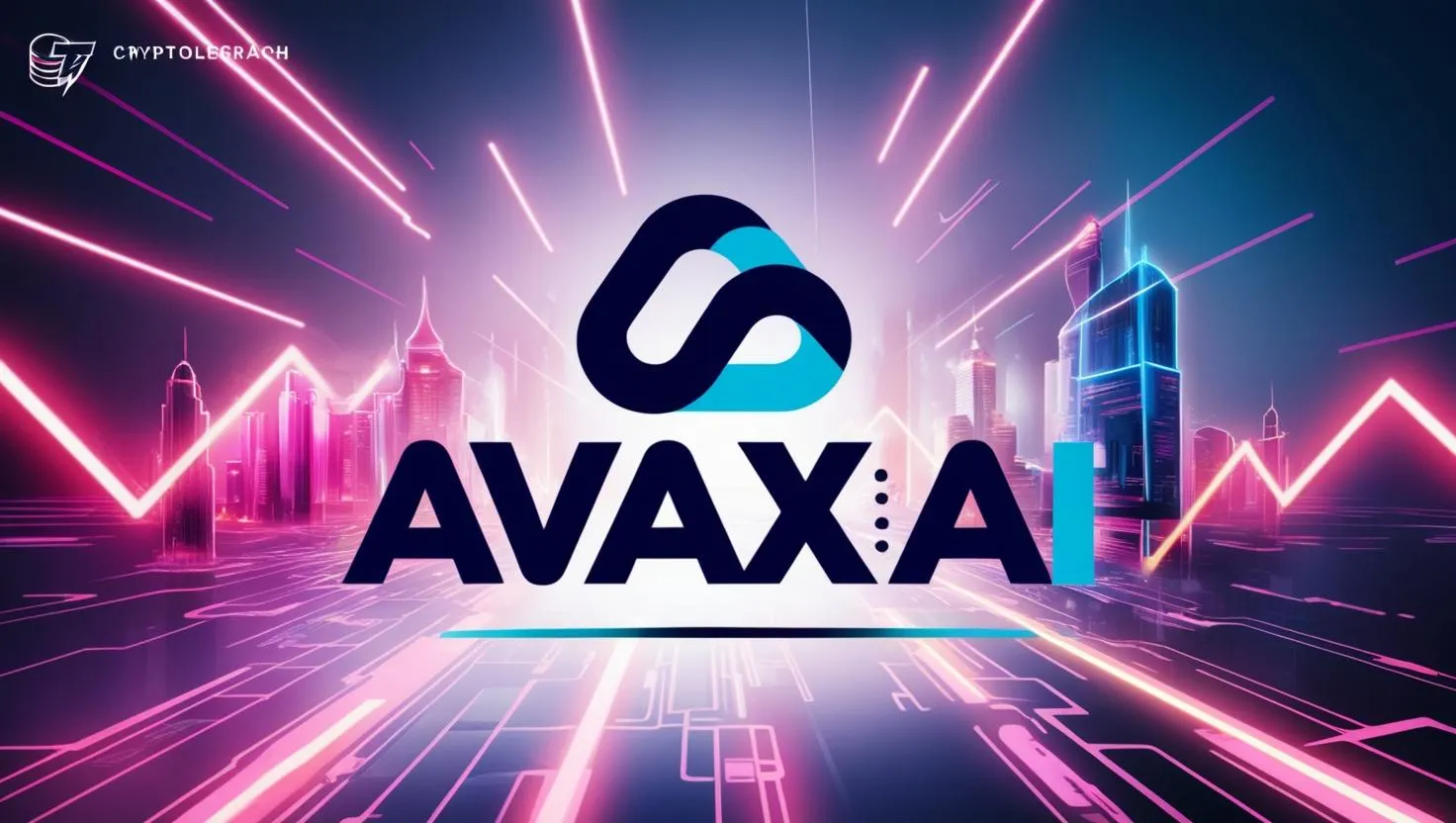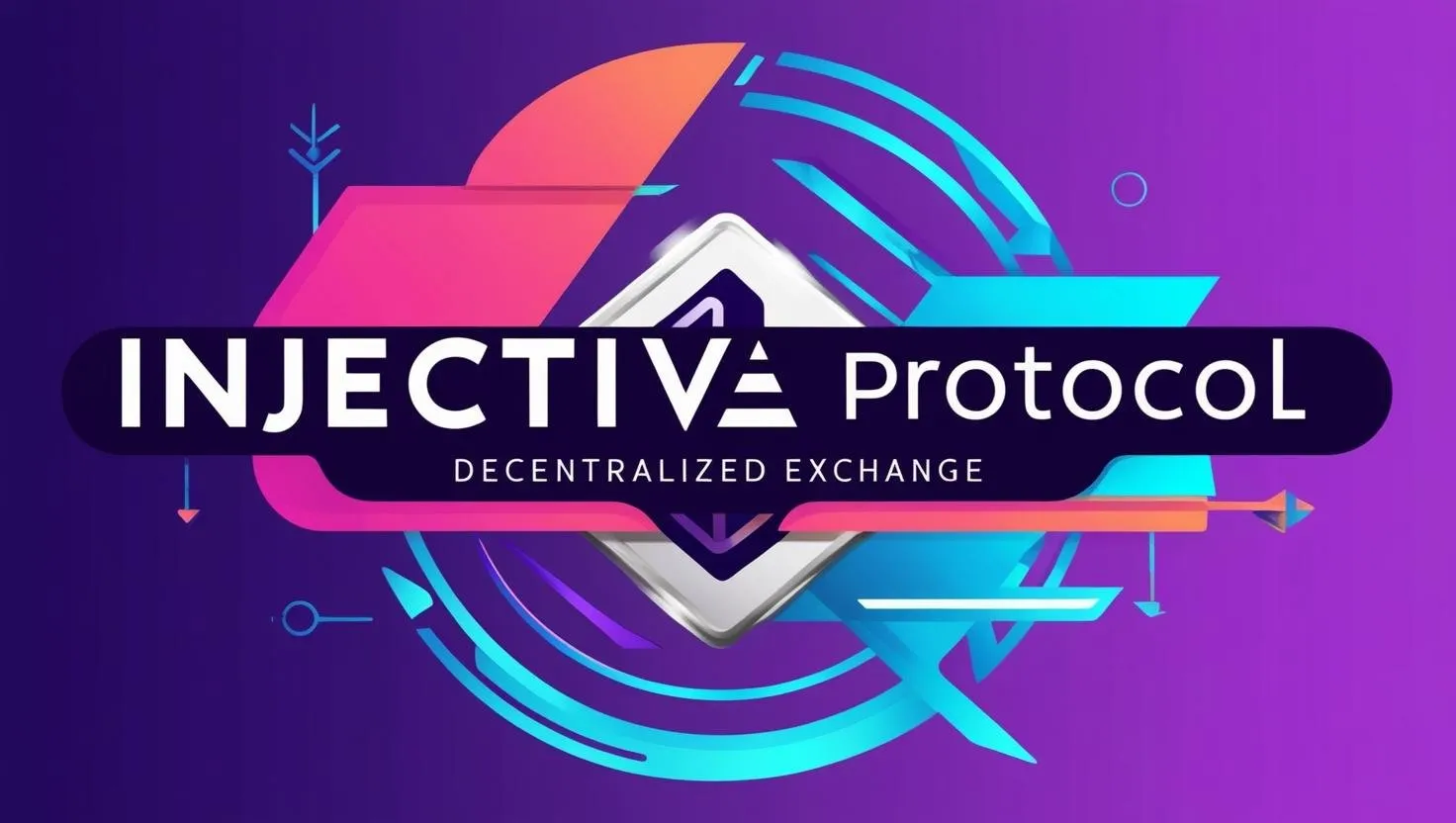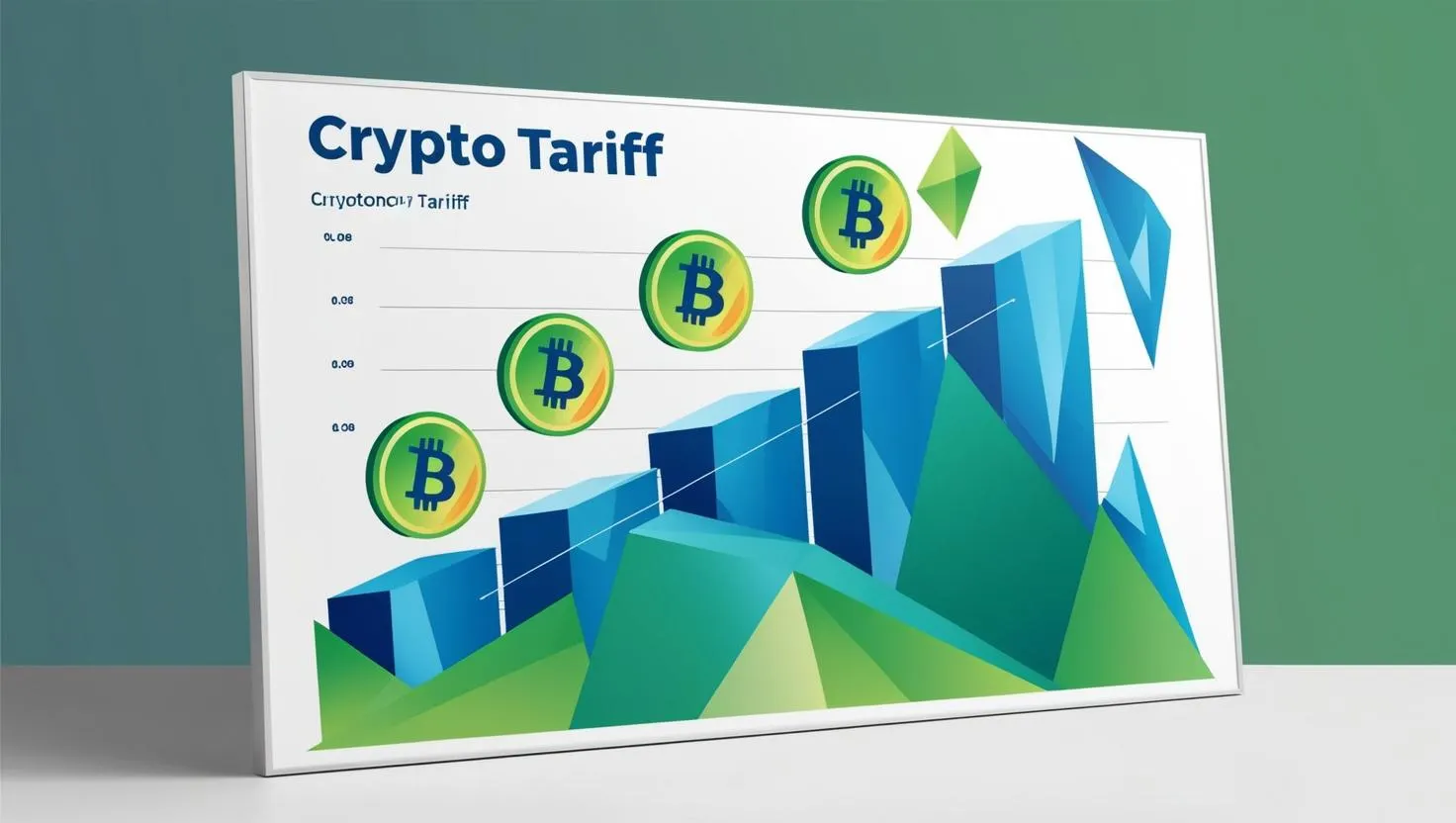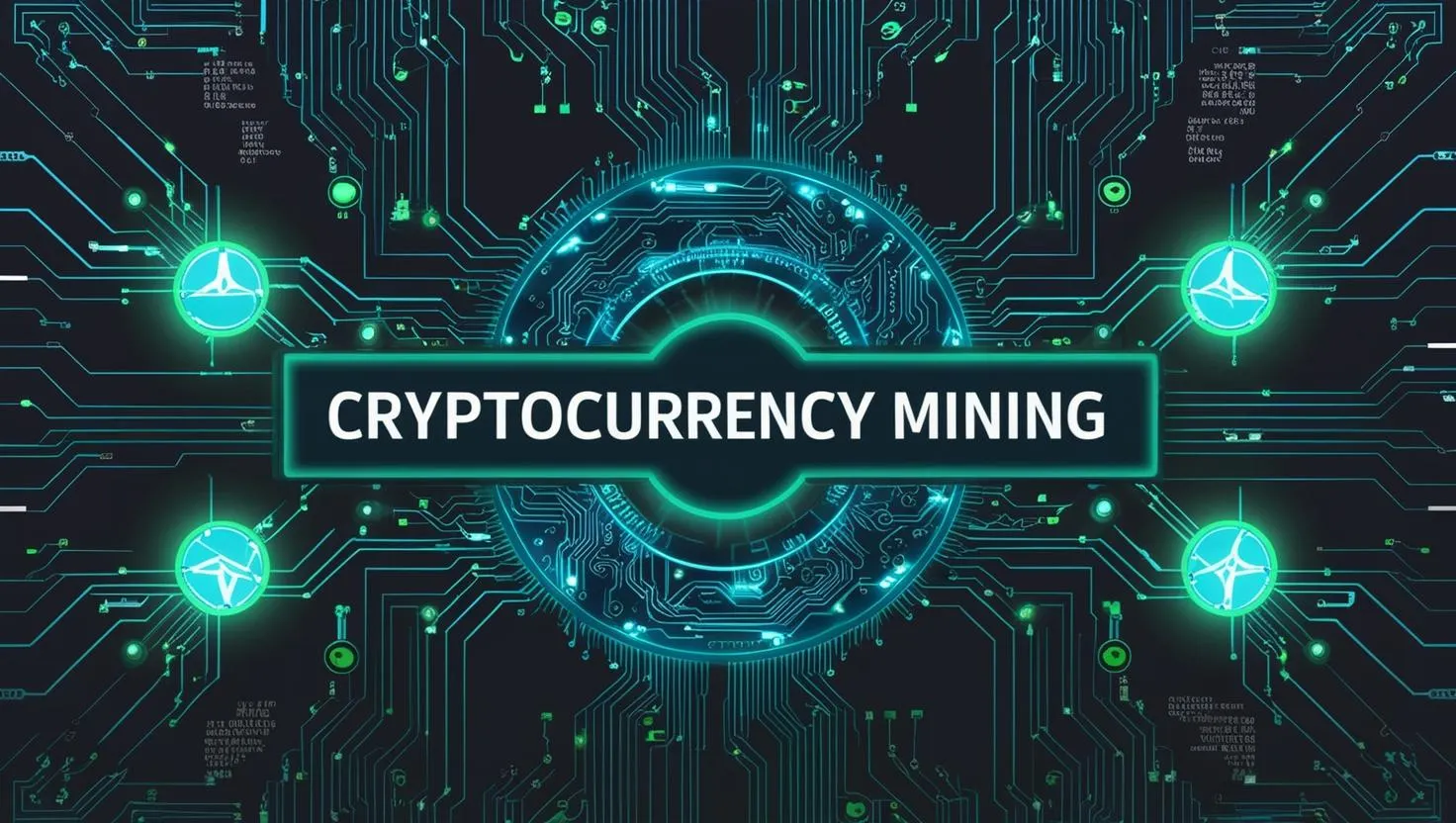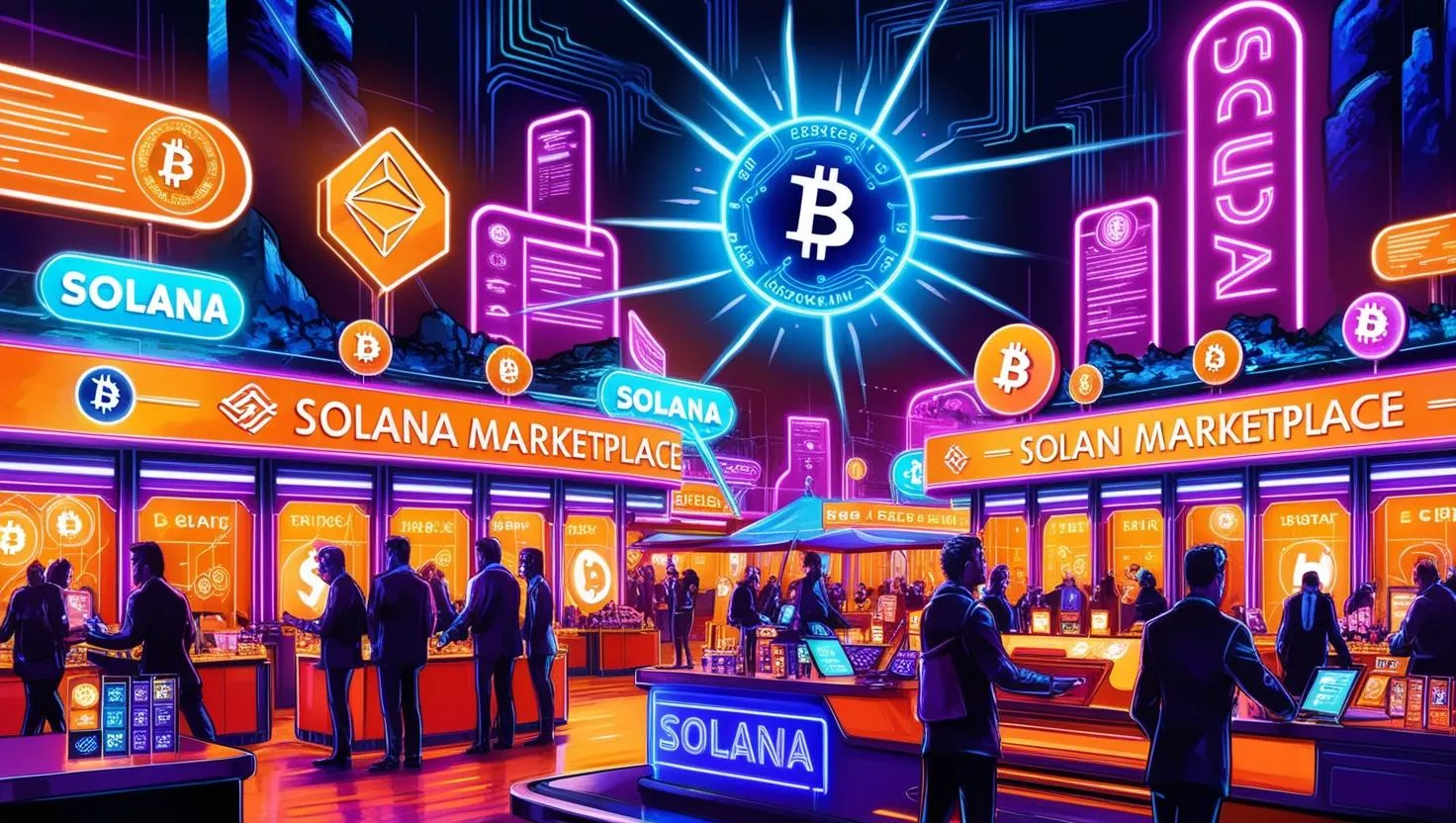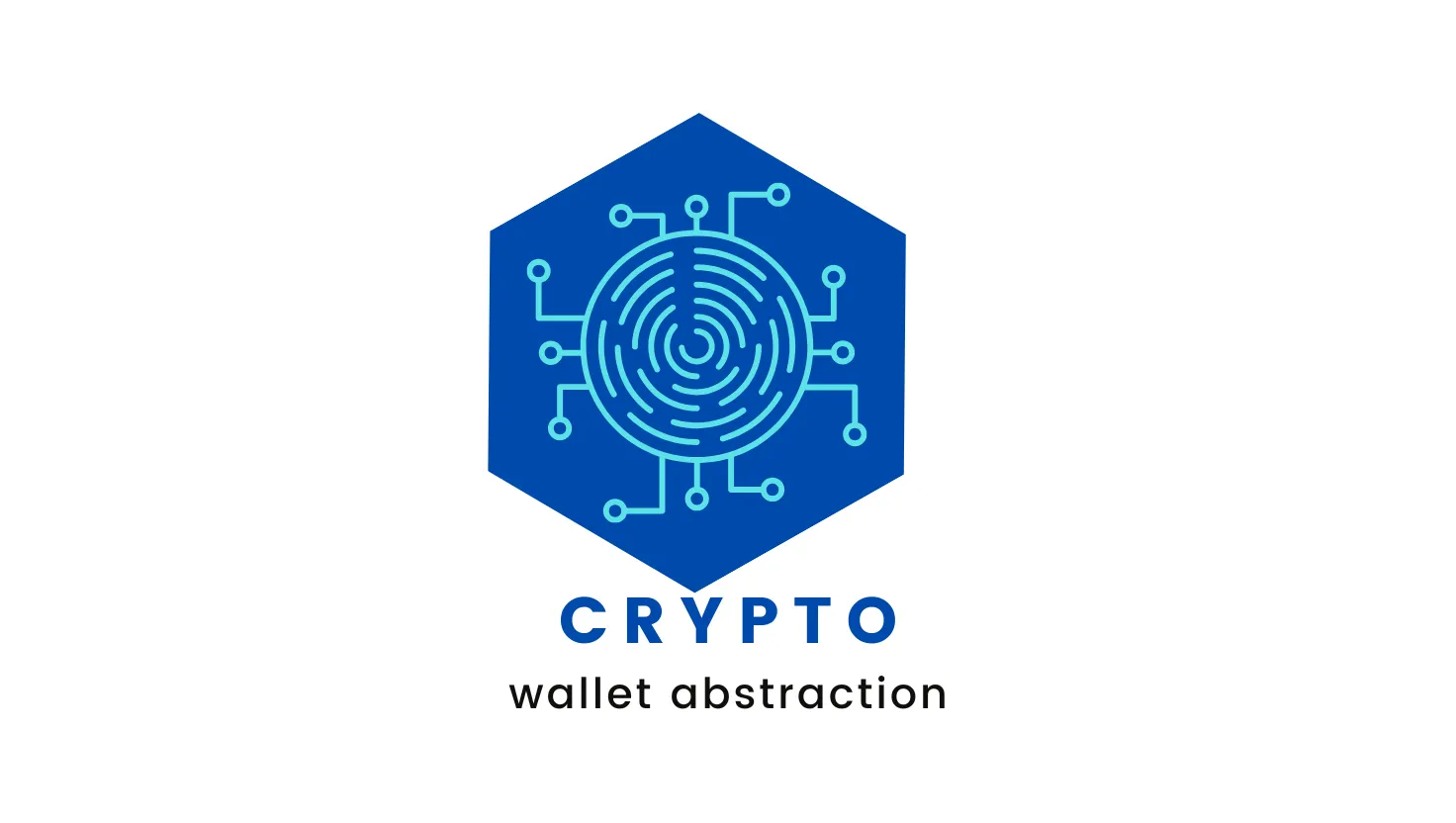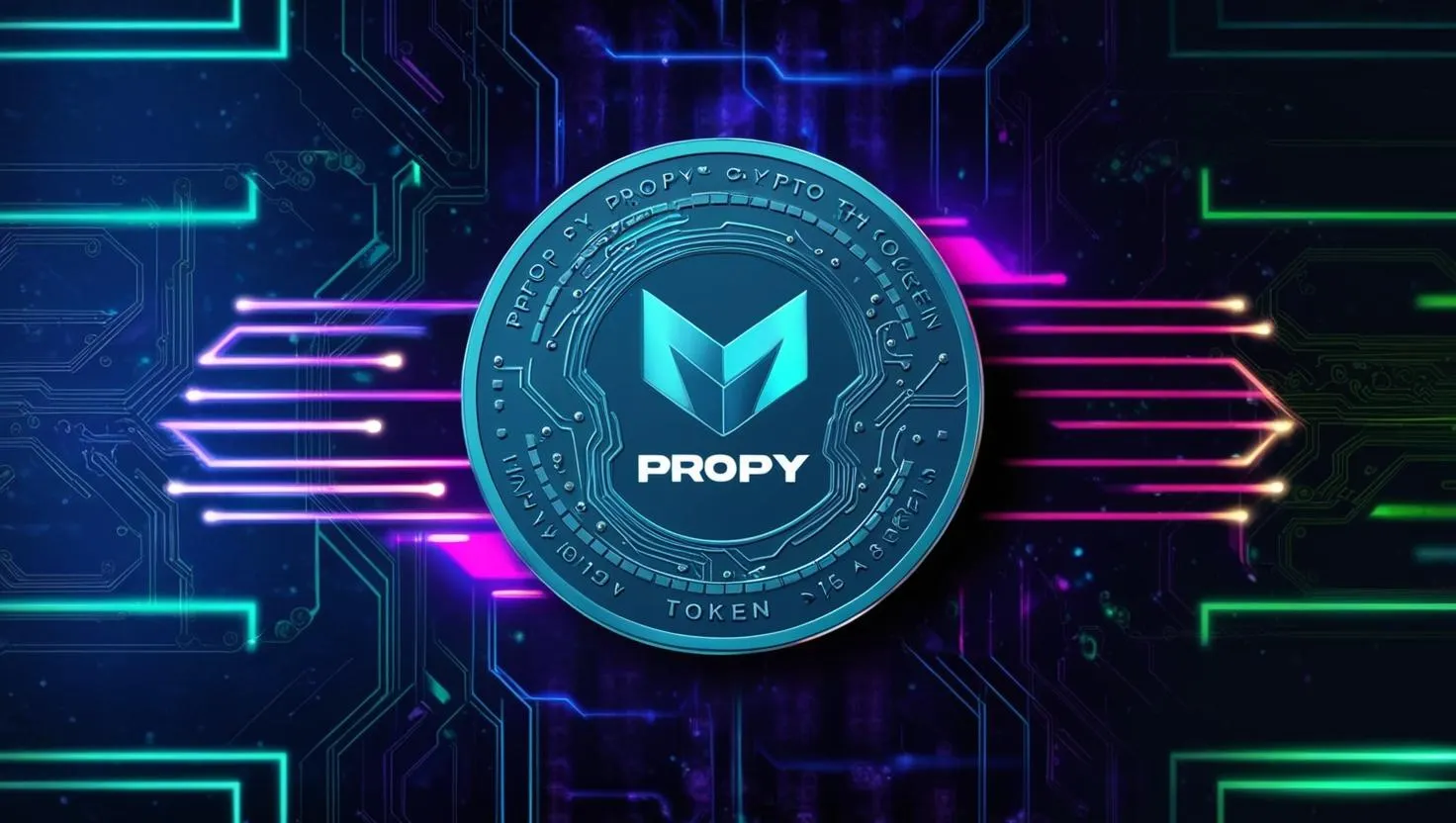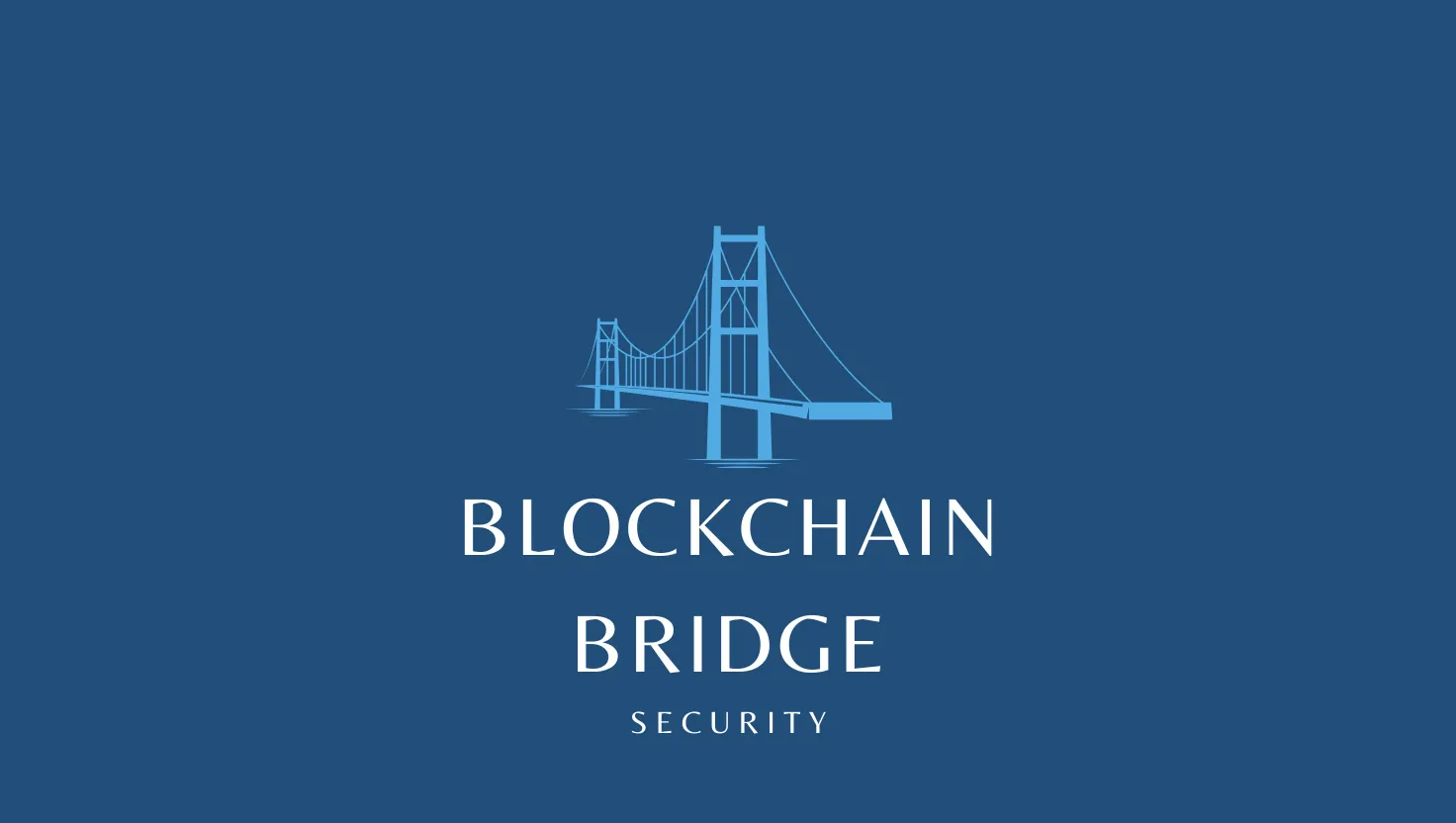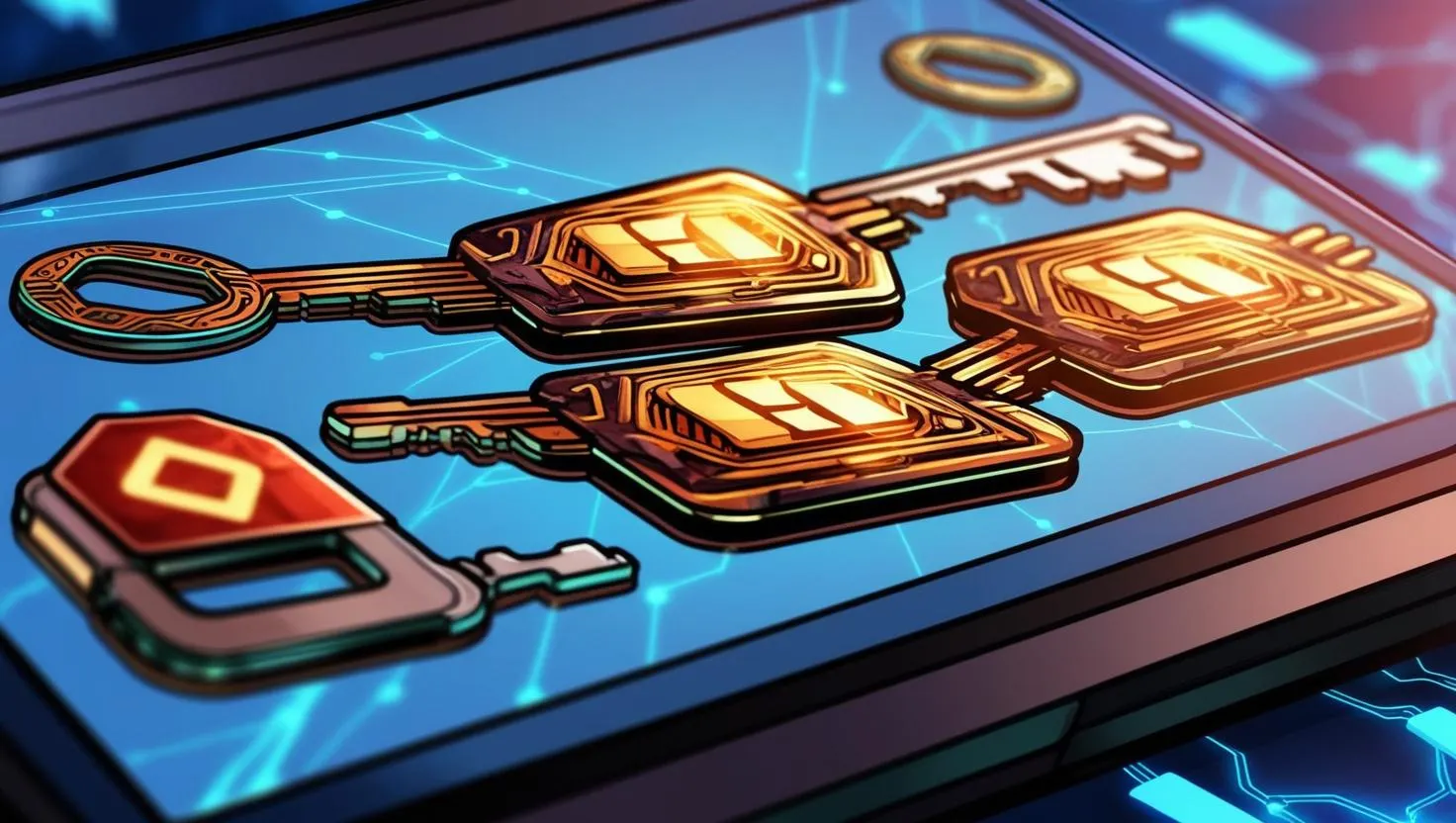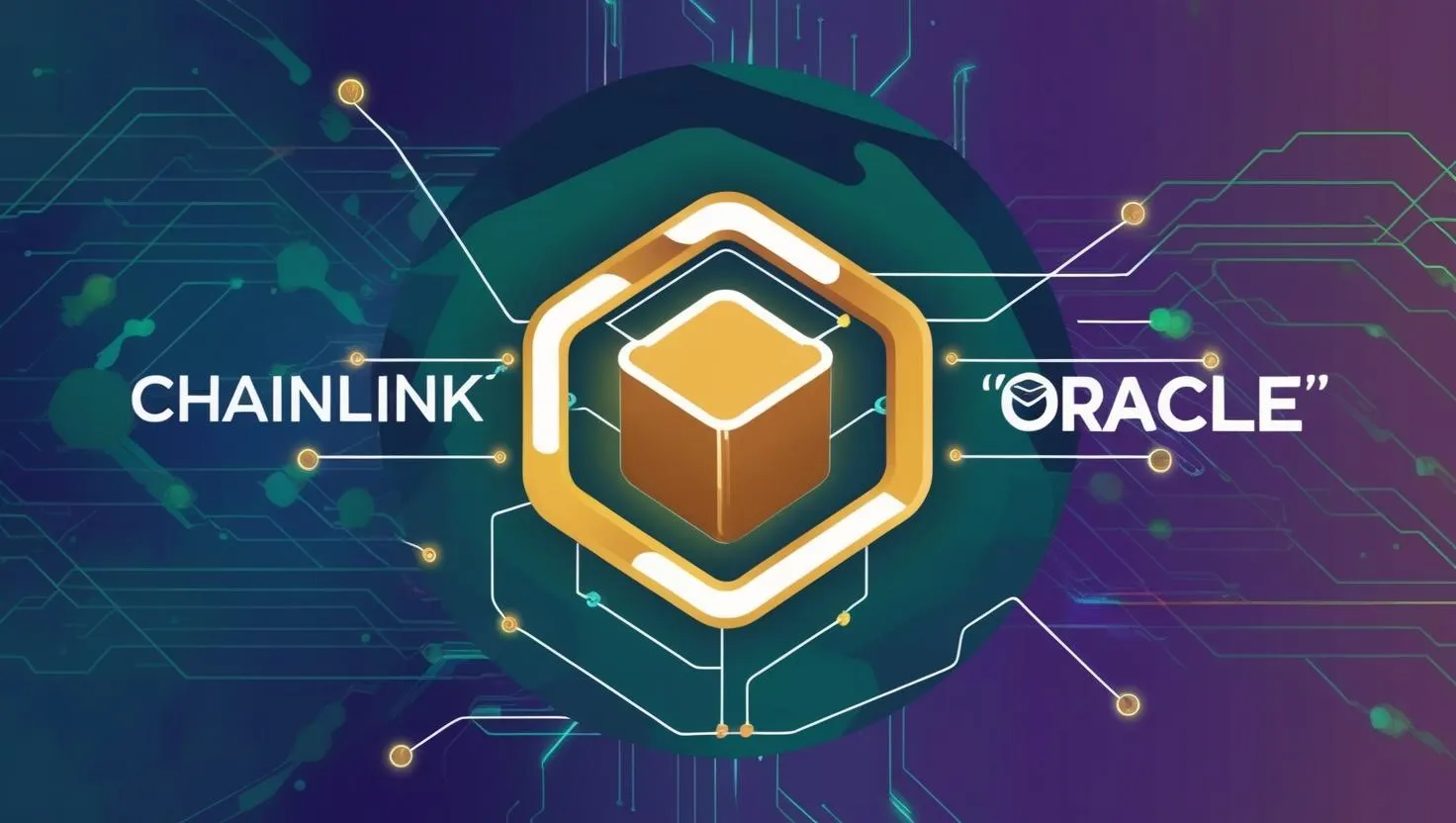XRP: A Comprehensive Guide
XRP: A Deep Dive
XRP is a digital currency designed for fast and cost-effective payments, serving as the native cryptocurrency of the XRP Ledger (XRPL), a blockchain platform developed by Ripple Labs.
Key Features and Technical Details
- Speed and Efficiency: XRP transactions typically settle in just a few seconds, significantly faster than Bitcoin. The XRPL is capable of handling 1,500 transactions per second and has the potential for much higher throughput using features like payment channels.
- Low Fees: XRP transaction fees are fractions of a cent, making it far cheaper to send than many other cryptocurrencies or traditional methods.
- Scalability: The XRP Ledger is designed to handle a large volume of transactions, making it suitable for widespread use. Features like payment channels allow for off-chain transactions, further enhancing scalability.
- Bridging Currency: XRP can act as a bridge currency between different fiat currencies, facilitating faster and cheaper cross-border payments. This reduces the need for intermediaries and simplifies currency exchange.
- XRP Ledger (XRPL): The XRPL is a decentralized, open-source blockchain known for its speed and efficiency.
- Consensus Mechanism: Unlike Bitcoin's proof-of-work, the XRPL uses a unique consensus mechanism. Validators, trusted entities, confirm transactions based on a majority agreement. This makes it far more energy-efficient.
- XRP Token: XRP is the native cryptocurrency of the XRPL. A small amount of XRP is burned with each transaction, making it a deflationary currency over time.
- Decentralized Exchange (DEX): The XRPL has a built-in DEX that allows users to trade various assets, including XRP.
Use Cases
- Cross-Border Payments: XRP's speed and low cost make it an attractive alternative to traditional methods like SWIFT for international money transfers.
- Liquidity: XRP can be used to source liquidity for financial institutions, enabling quick and easy exchange between different currencies.
- Microtransactions: The low fees make XRP suitable for microtransactions, such as paying for digital content.
The History of Ripple
- Early Days: The concept behind Ripple dates back to 2004 when Ryan Fugger developed RipplePay, a peer-to-peer payment system. His vision was to enable individuals and communities to create their own virtual currencies.
- XRP Ledger Development: In 2011, Jed McCaleb, David Schwartz, and Arthur Britto began developing the XRP Ledger, aiming to create a faster and more efficient alternative to Bitcoin.
- Ripple's Launch: In 2012, the XRP Ledger was launched along with its native cryptocurrency, XRP. The company behind it was initially called NewCoin, then OpenCoin, and finally Ripple Labs.
- Focus on Financial Institutions: From the start, Ripple Labs focused on partnering with banks and financial institutions, recognizing XRP's potential to revolutionize cross-border payments.
- Key Partnerships: Ripple has secured partnerships with major financial institutions like Santander, American Express, and MoneyGram, driving adoption of XRP and its technology.
- XRP Escrow: To ensure transparency and stability, Ripple Labs placed a significant portion of its XRP holdings in escrow, releasing funds gradually over time.
Controversies and Challenges
- Centralization Concerns: Some critics argue that XRP is more centralized than other cryptocurrencies due to Ripple Labs' significant XRP holdings.
- SEC Lawsuit: In 2020, the U.S. Securities and Exchange Commission (SEC) filed a lawsuit against Ripple Labs, alleging that XRP is an unregistered security. This legal battle has created uncertainty around XRP's regulatory status and impacted its price. The outcome will have significant implications for XRP and the broader cryptocurrency market.
XRP's Potential and Future
Despite the challenges, XRP remains a significant player in the cryptocurrency space. Its technical advantages, coupled with Ripple's focus on financial institutions, give it the potential to transform cross-border payments and other financial applications. However, the ongoing legal battle with the SEC and the evolving regulatory landscape will play a crucial role in shaping XRP's future.
Disclaimer: This is not Legal or Financial Advice, for Entertainment uses only.

